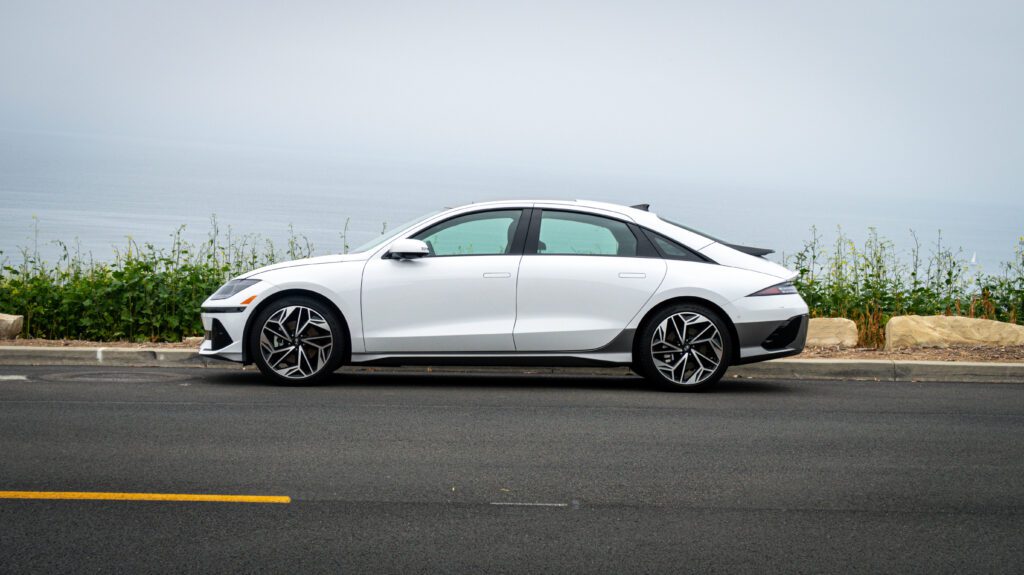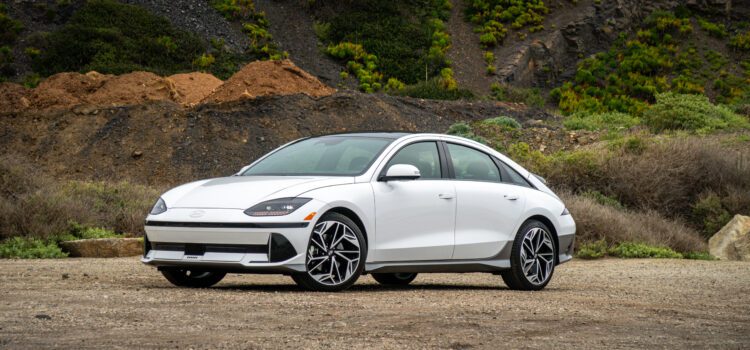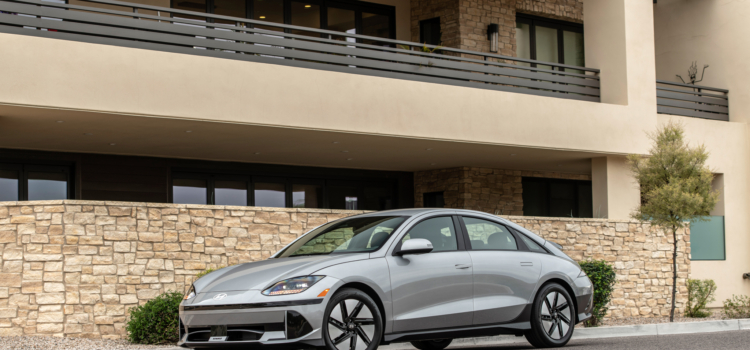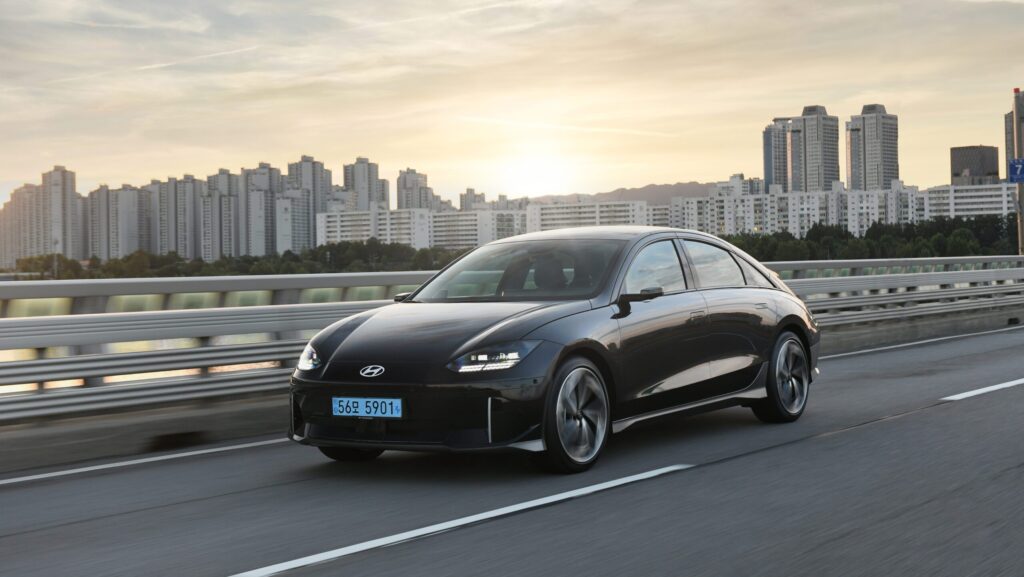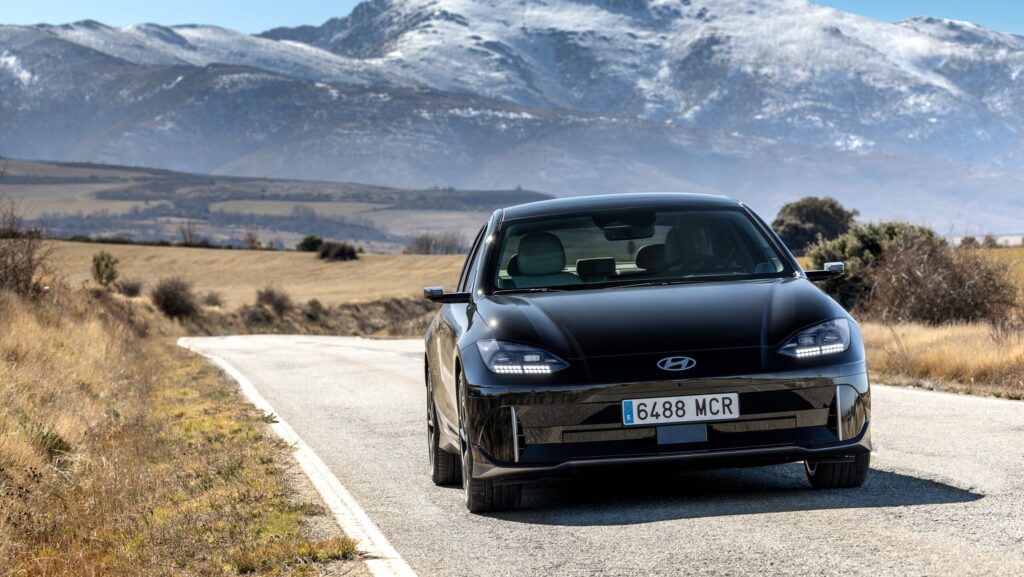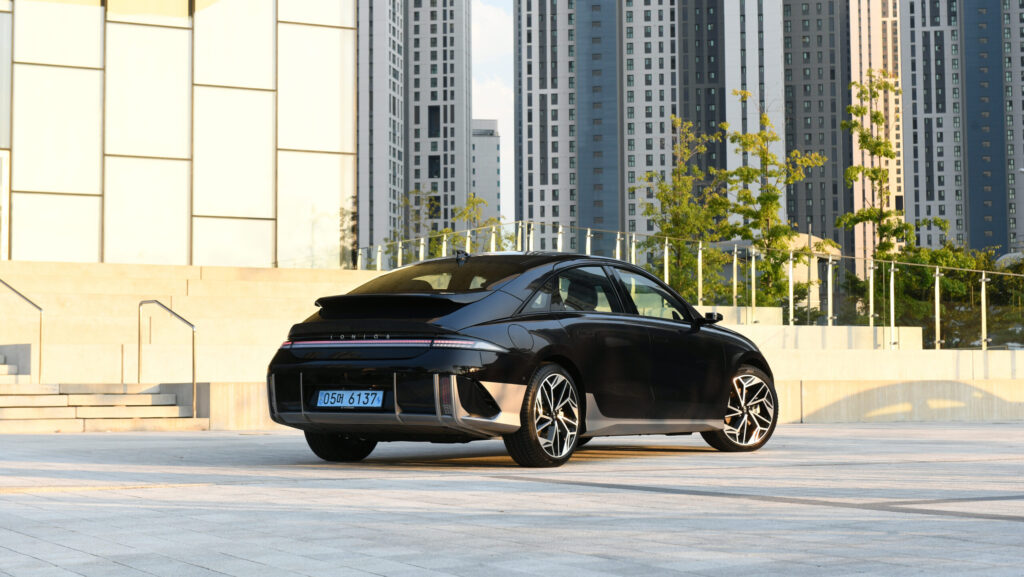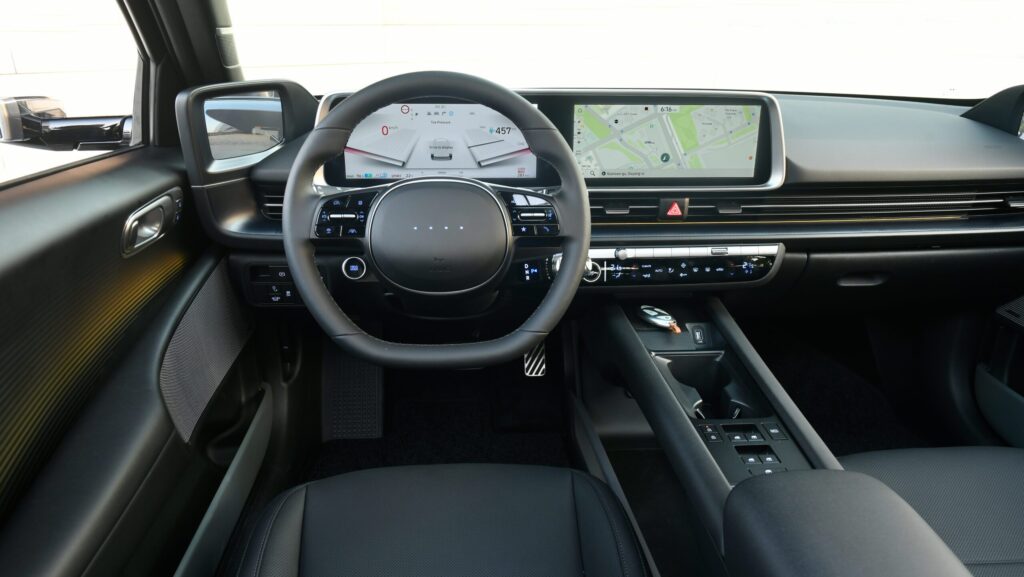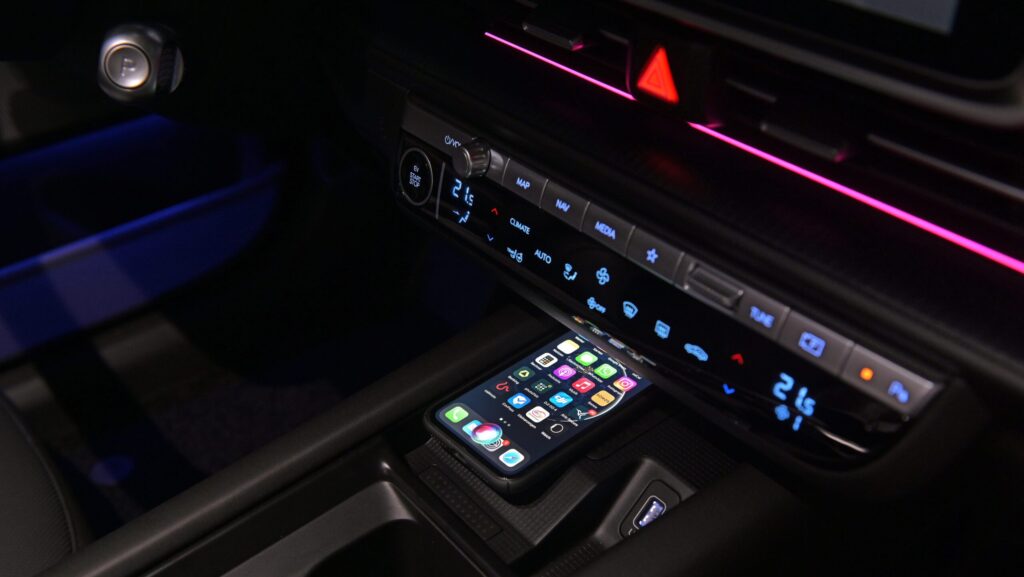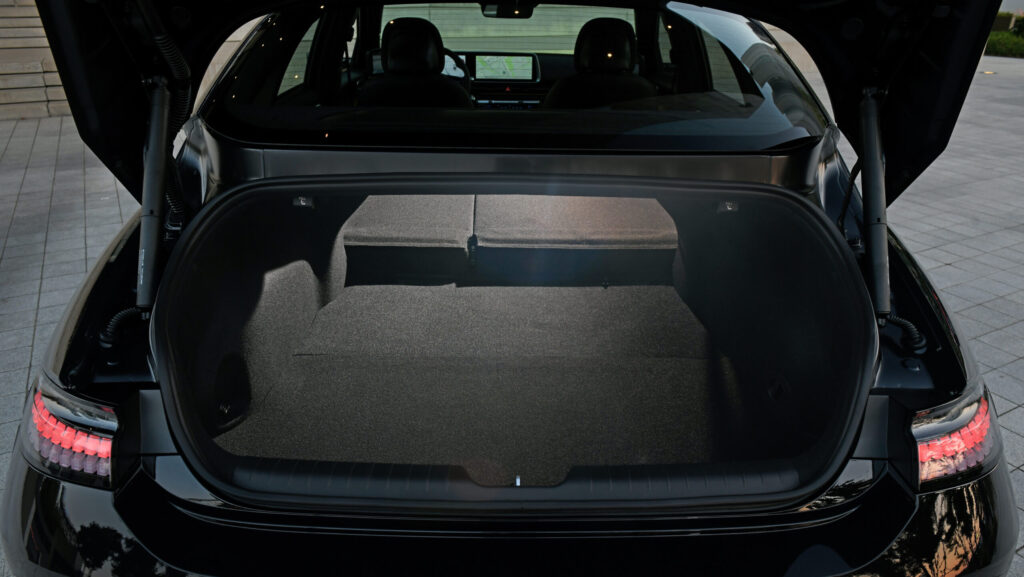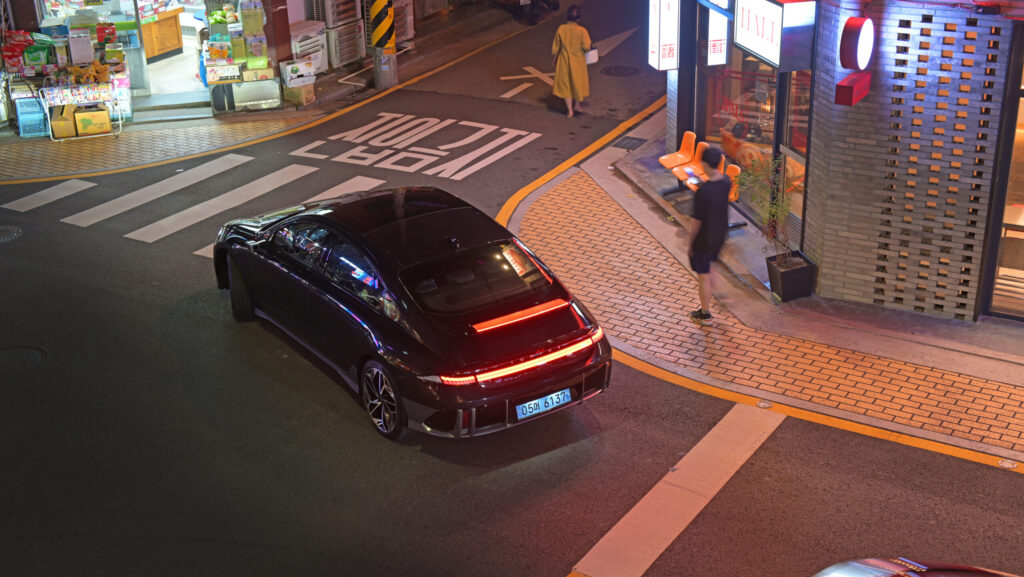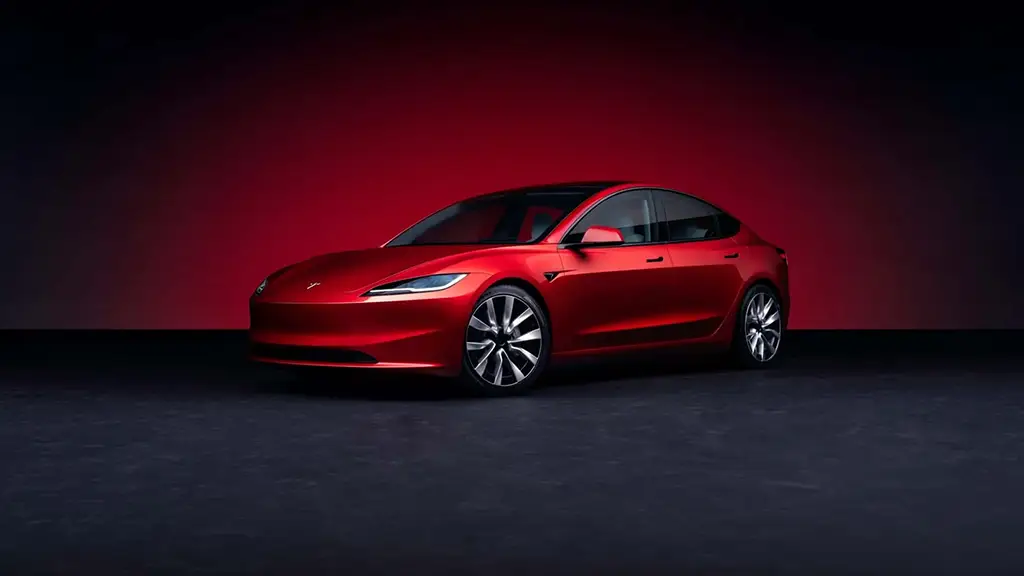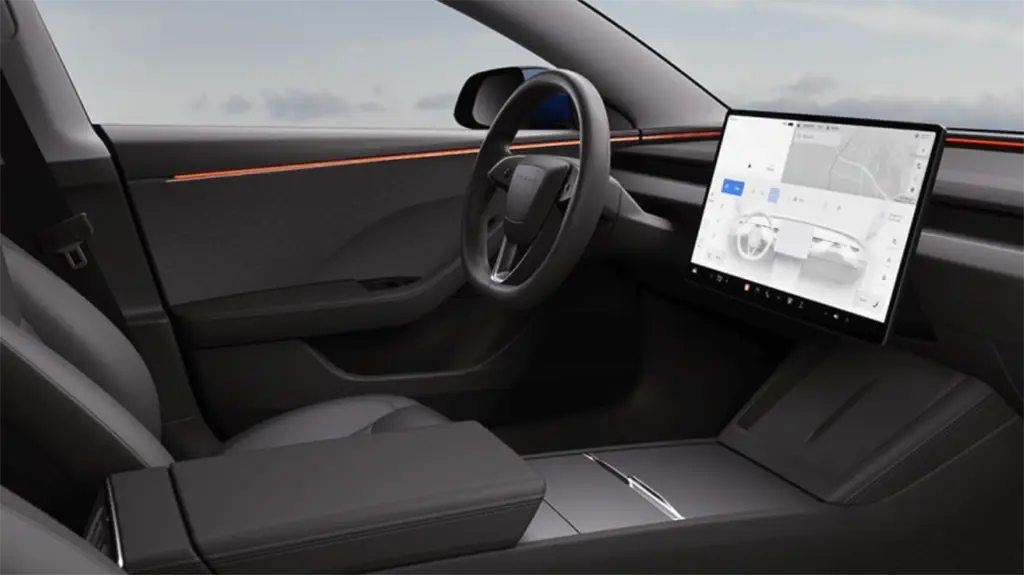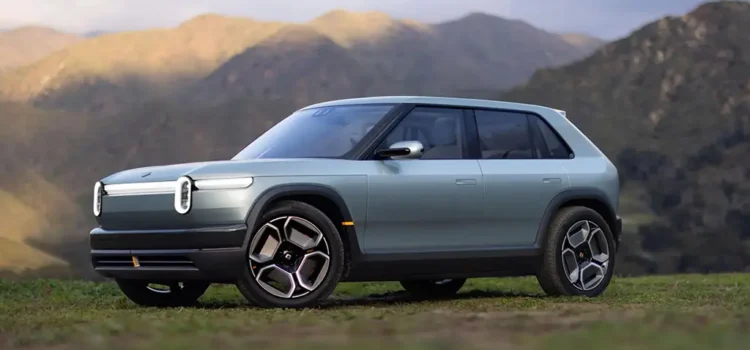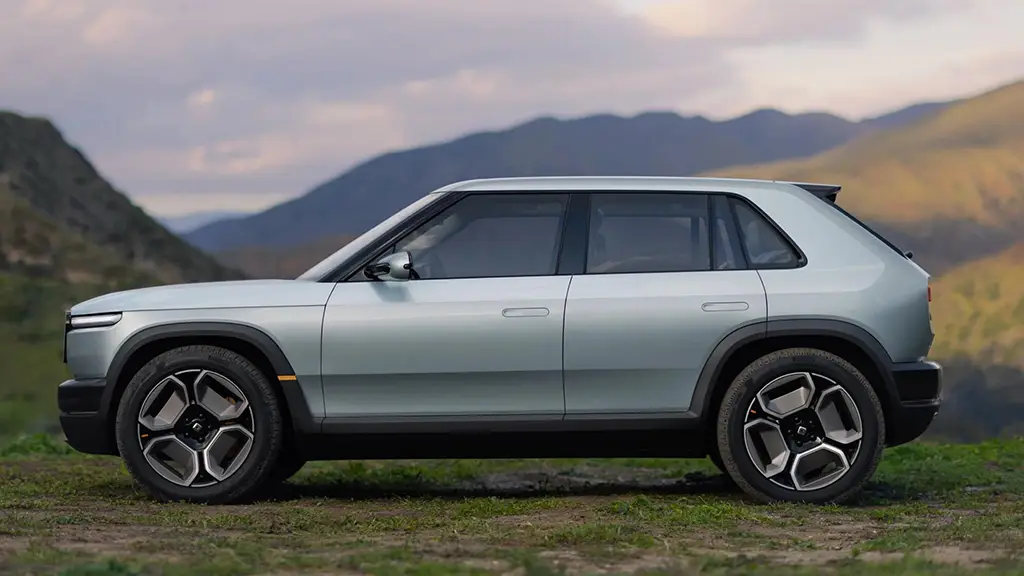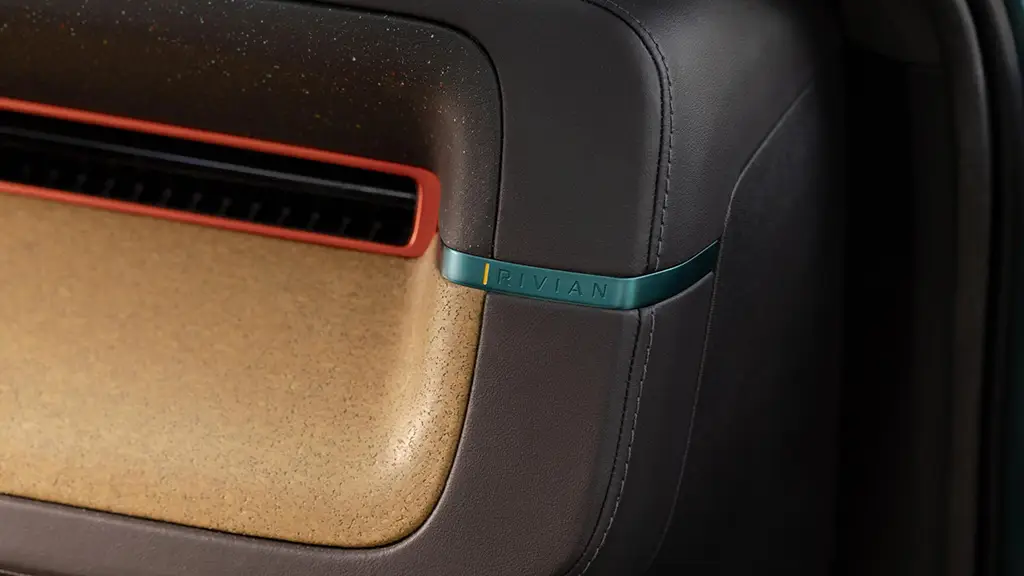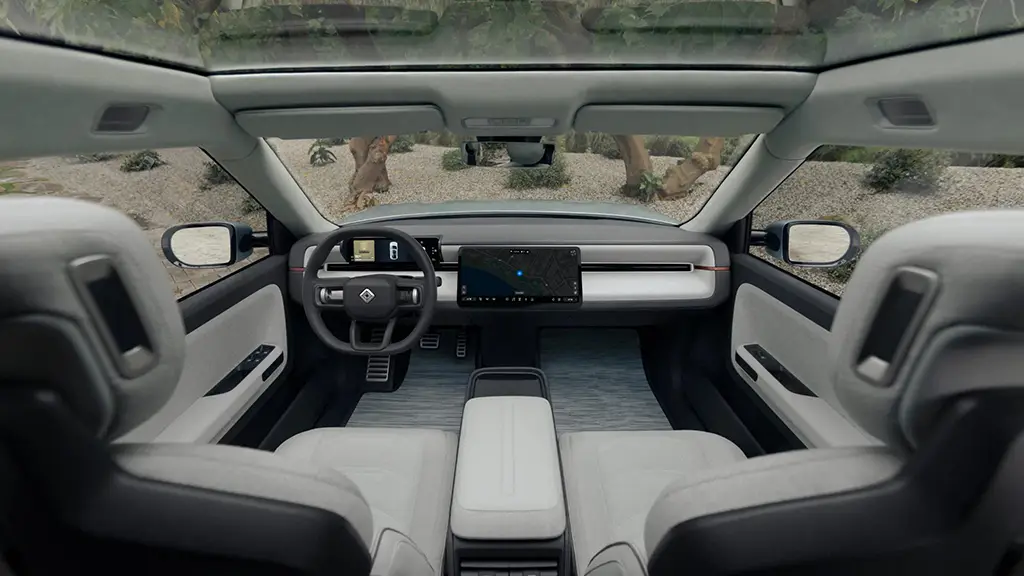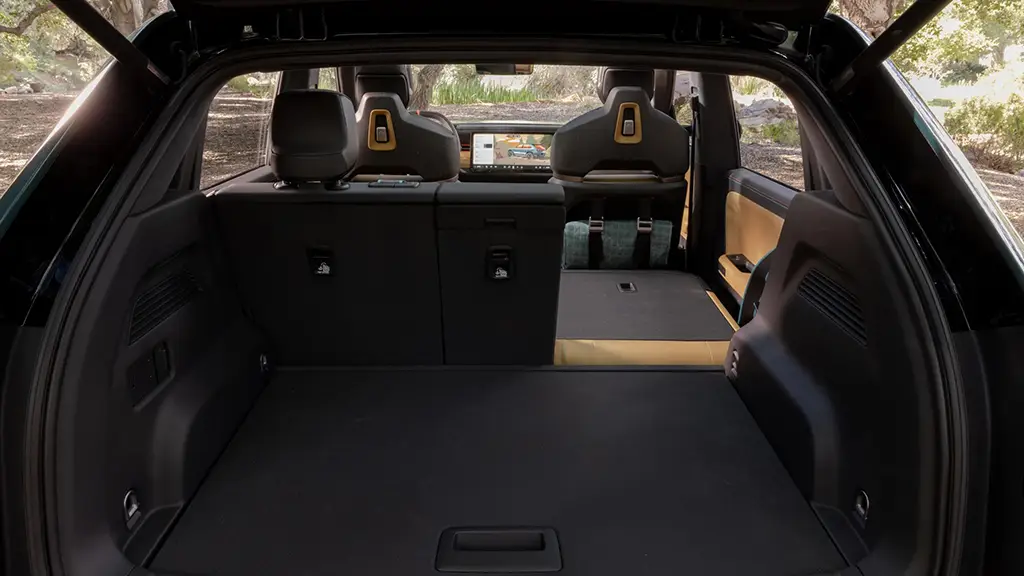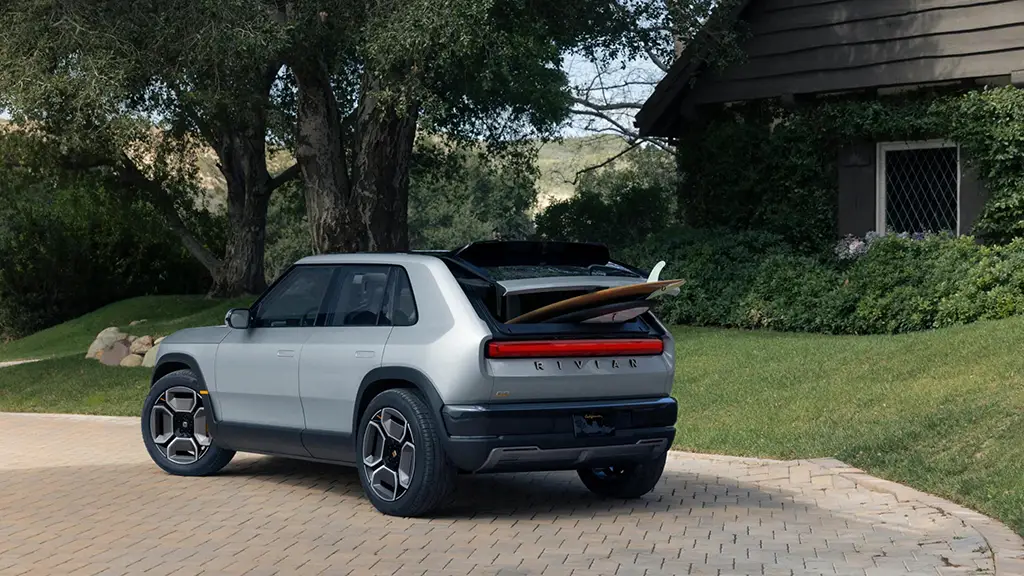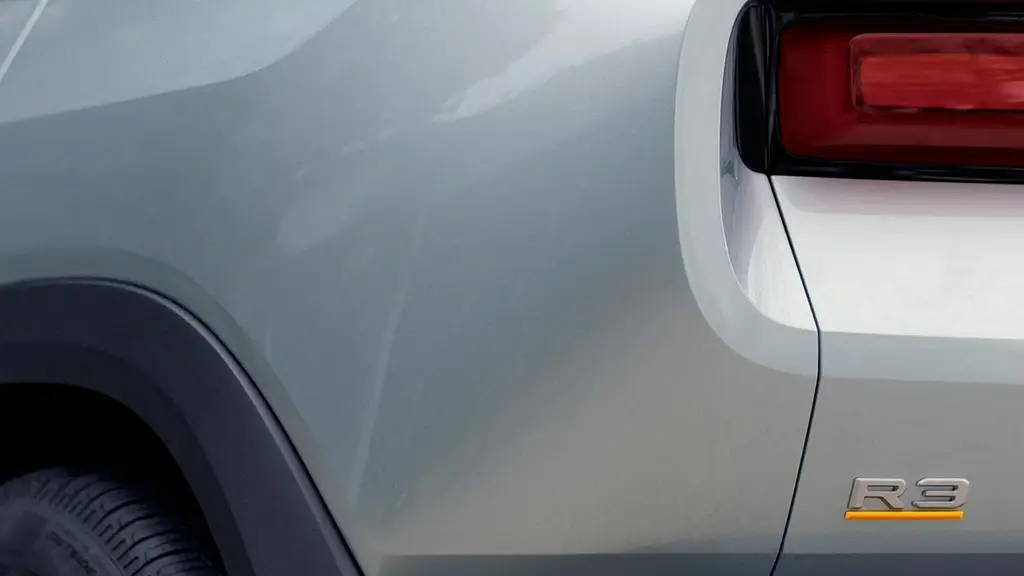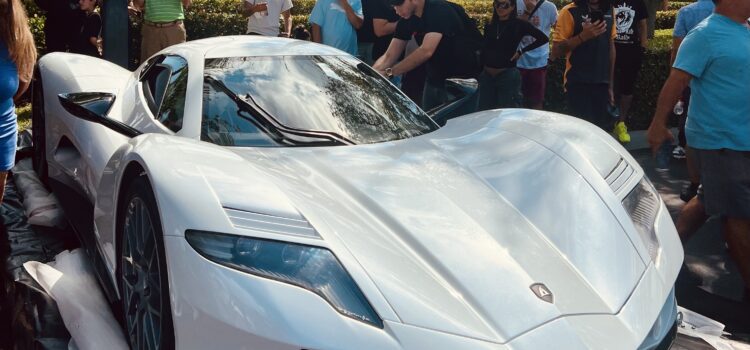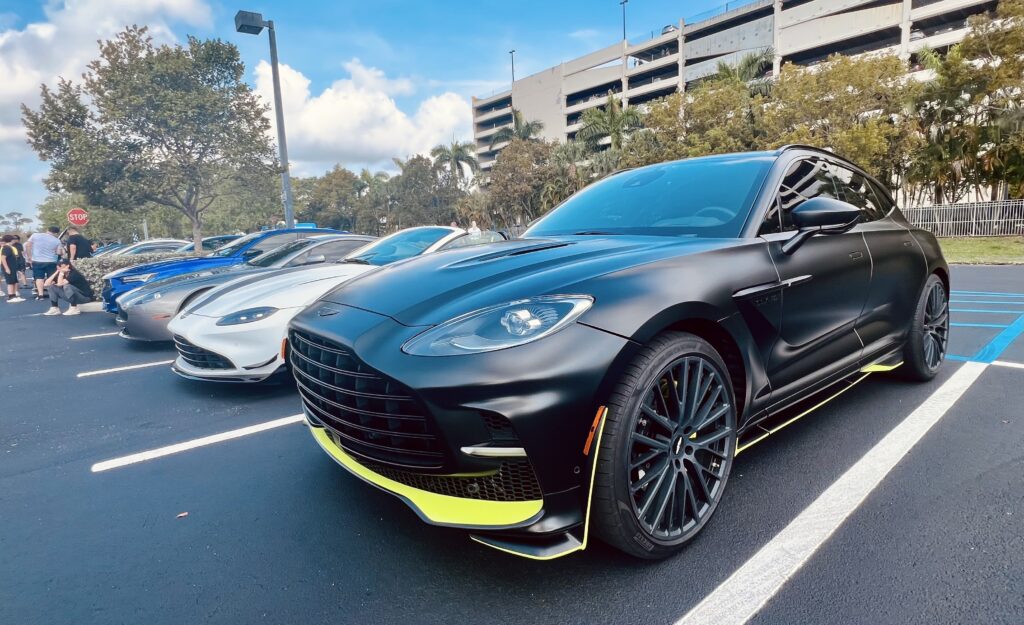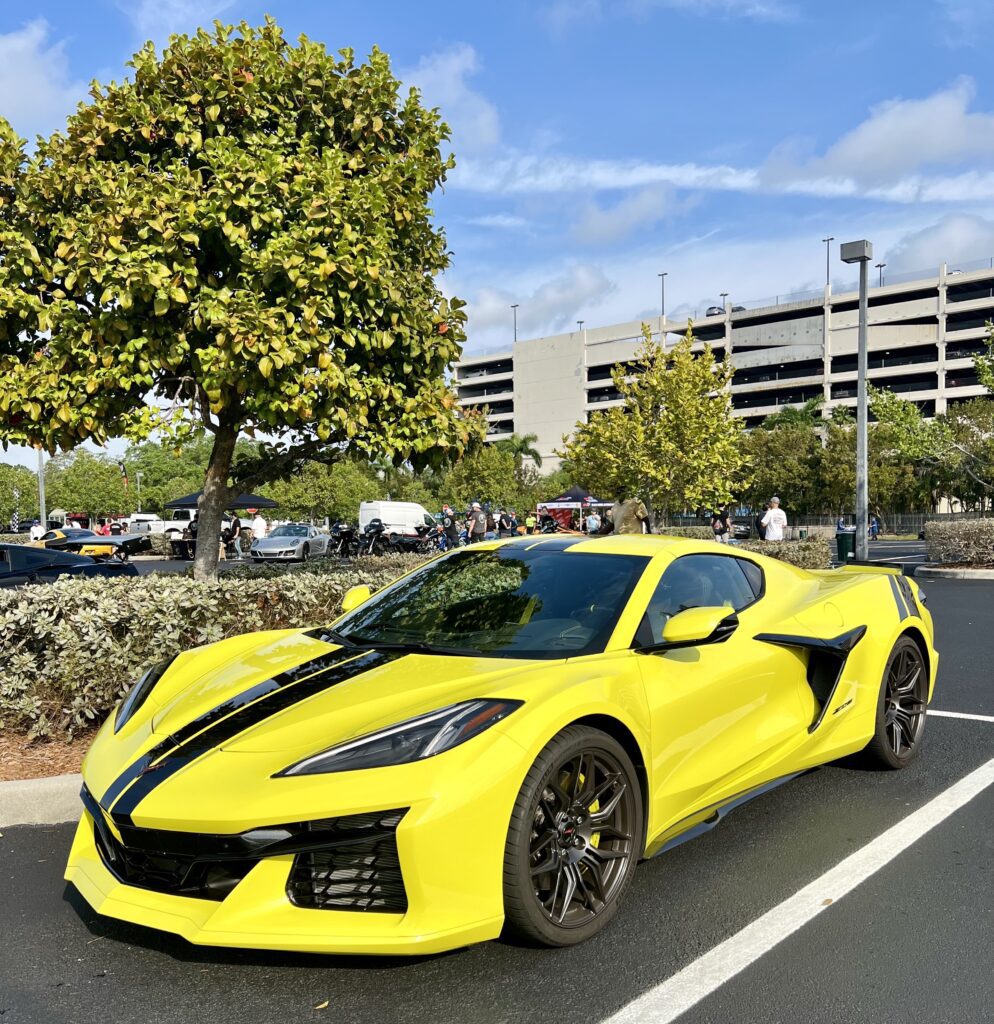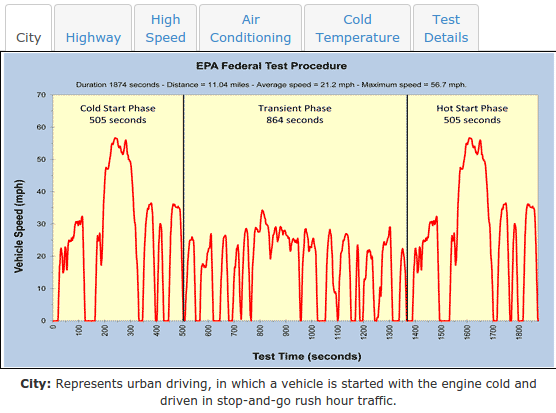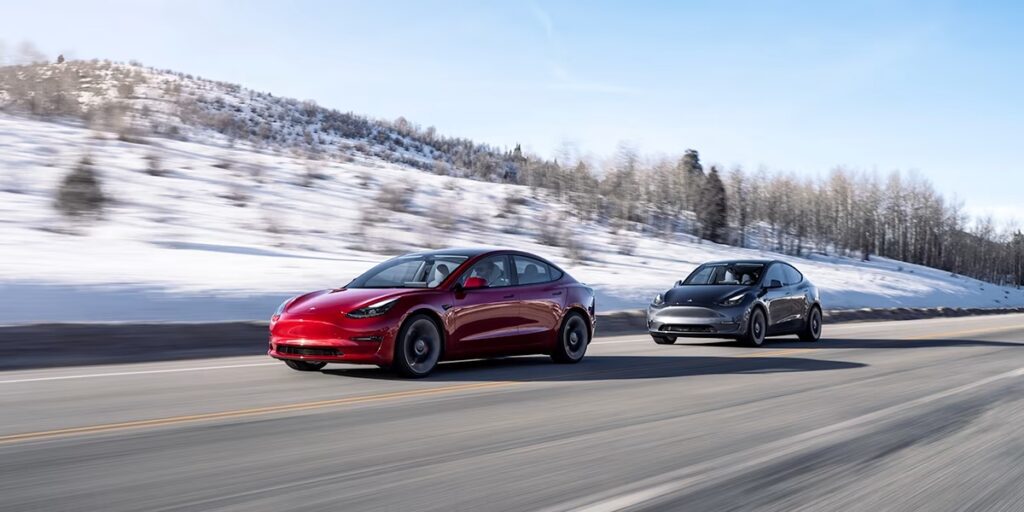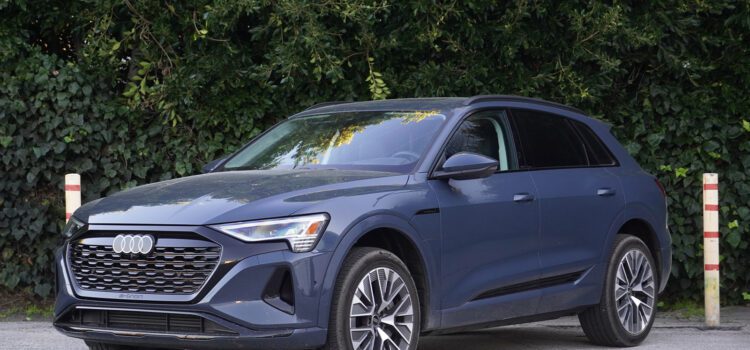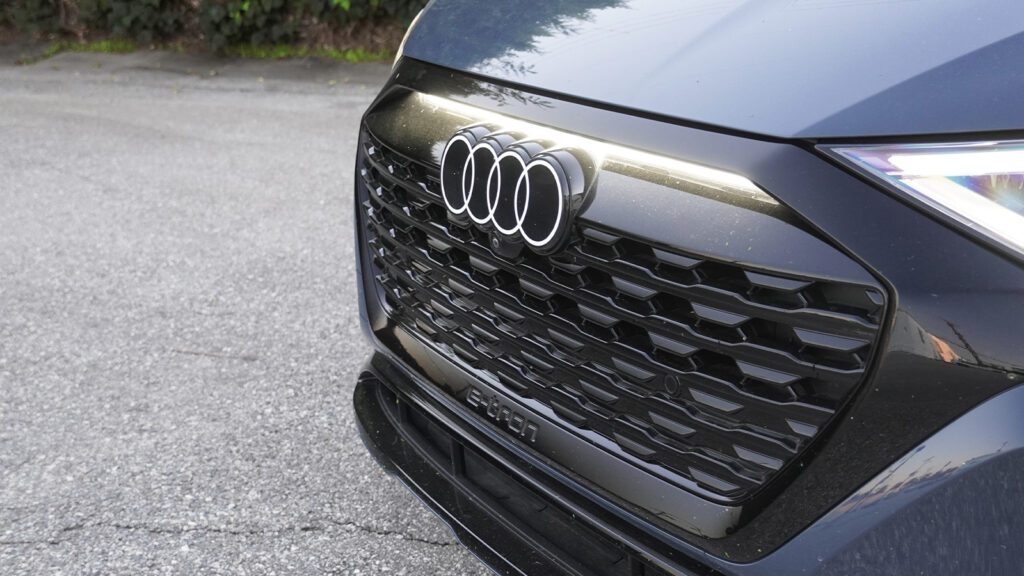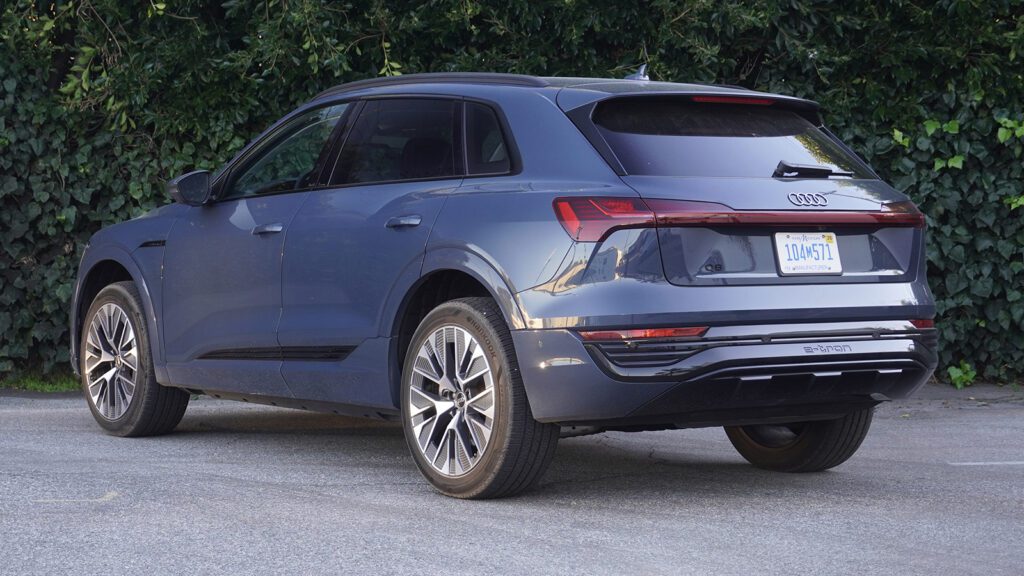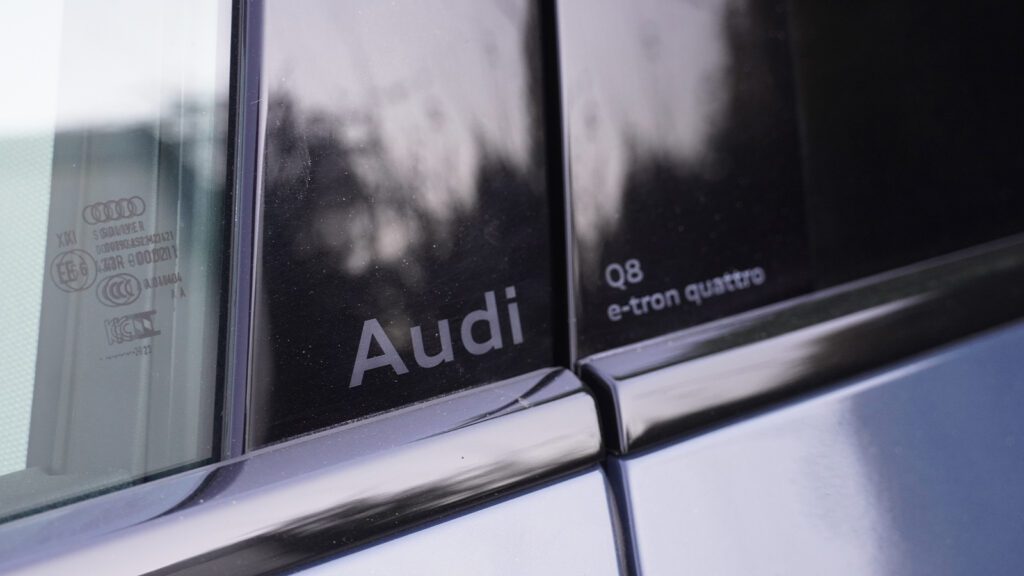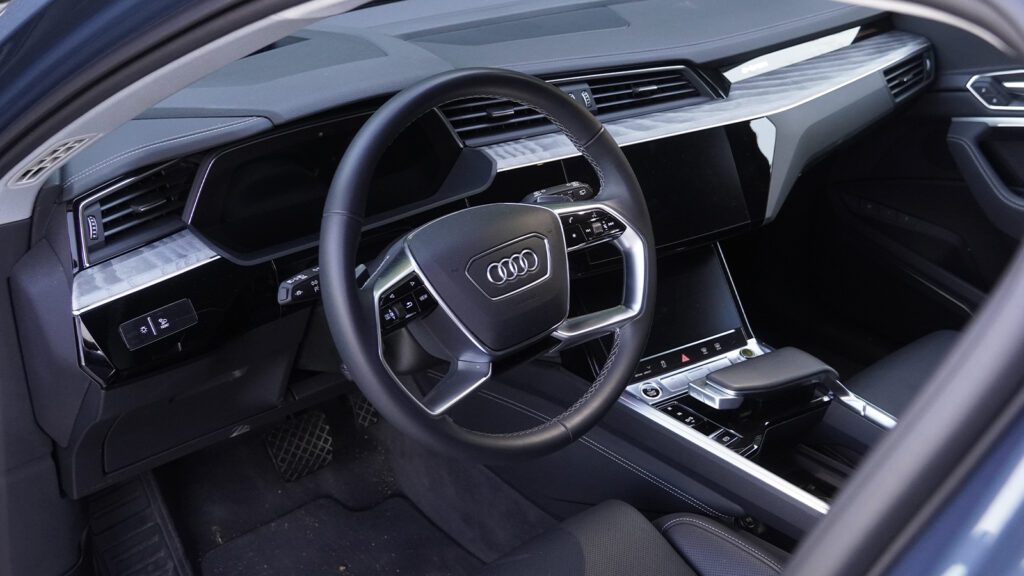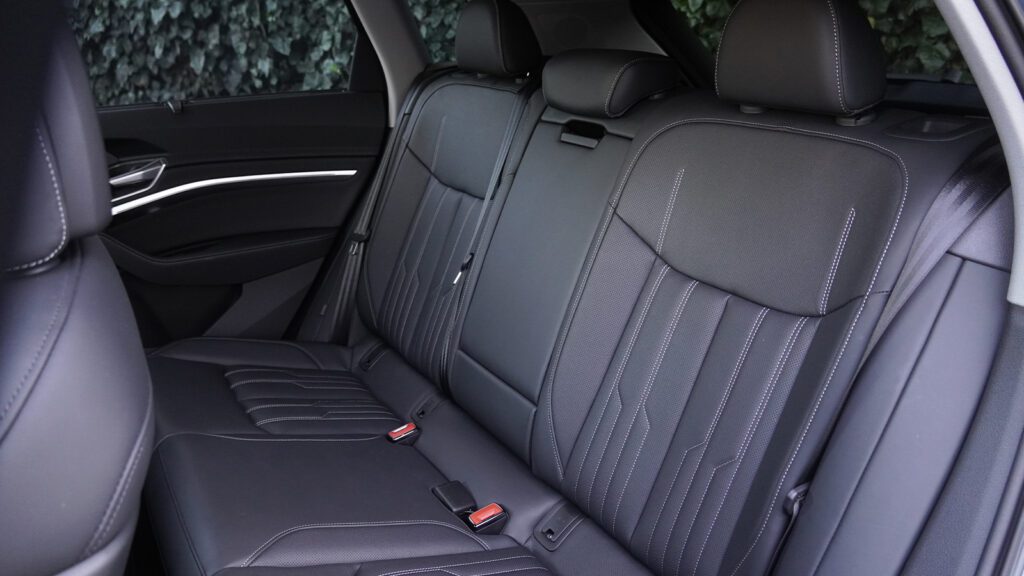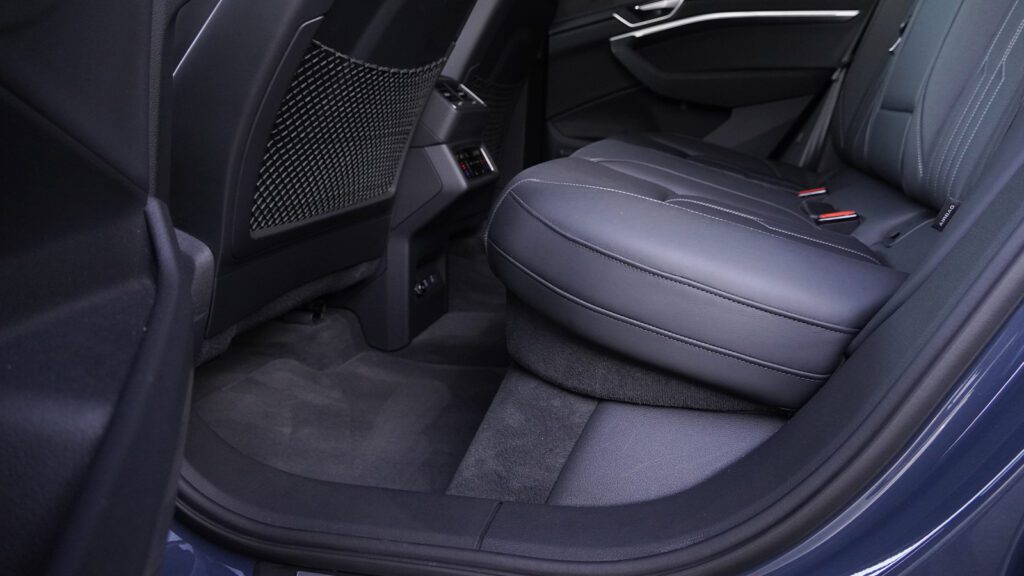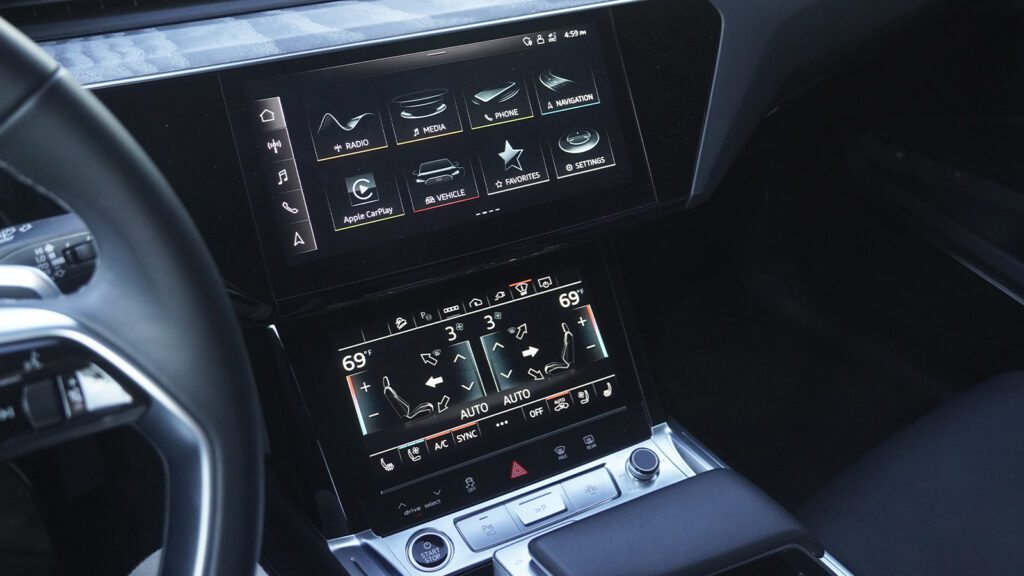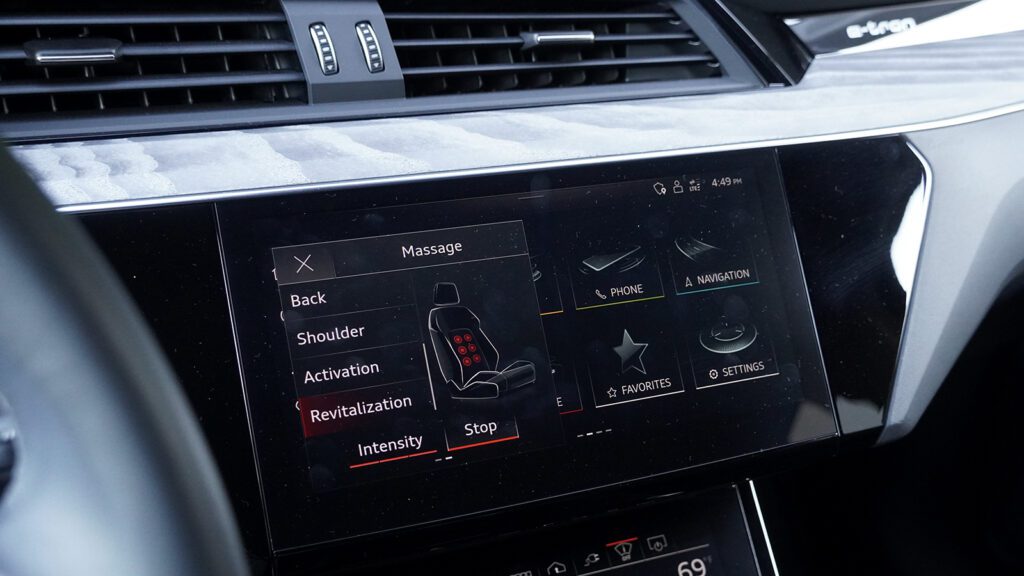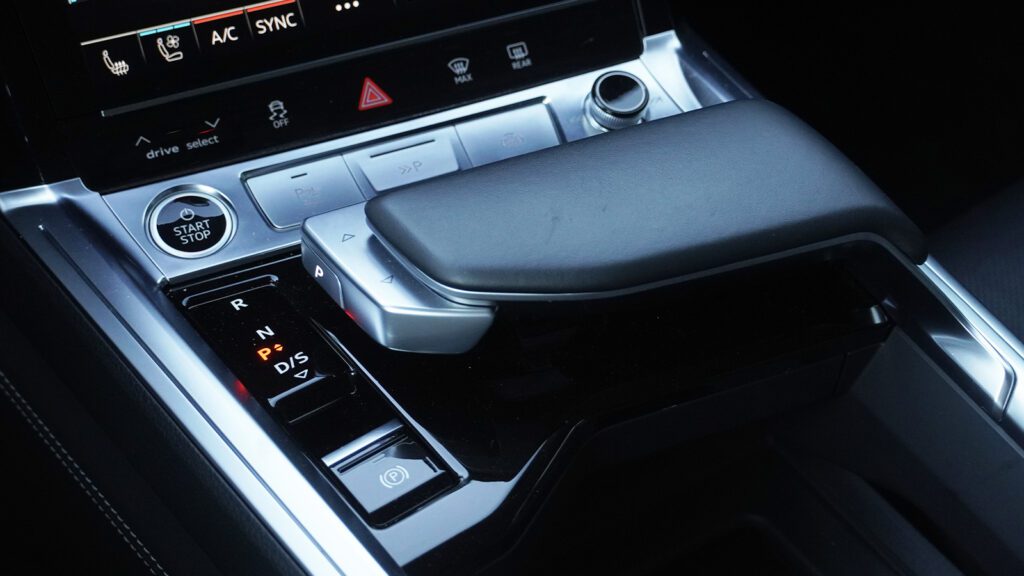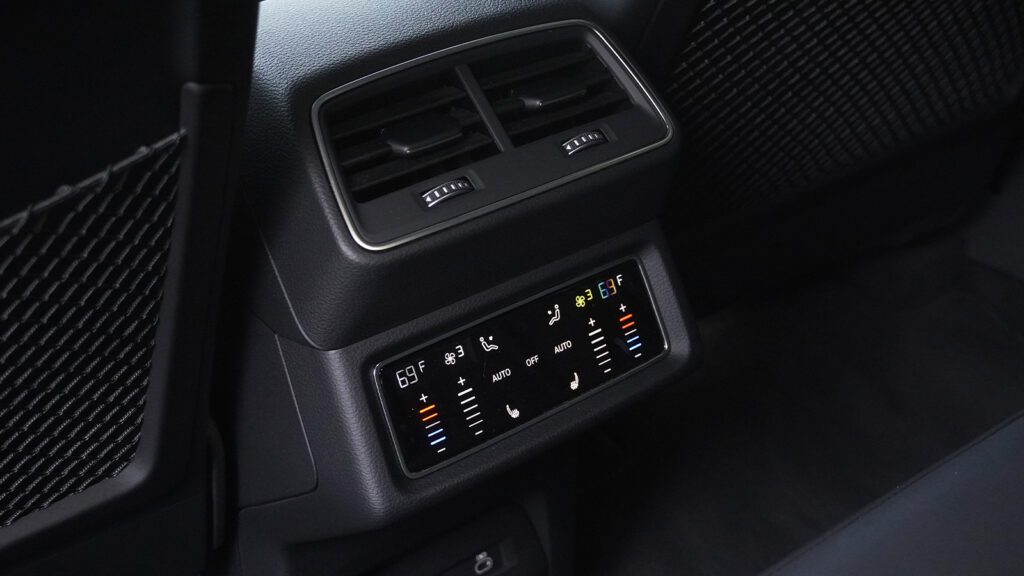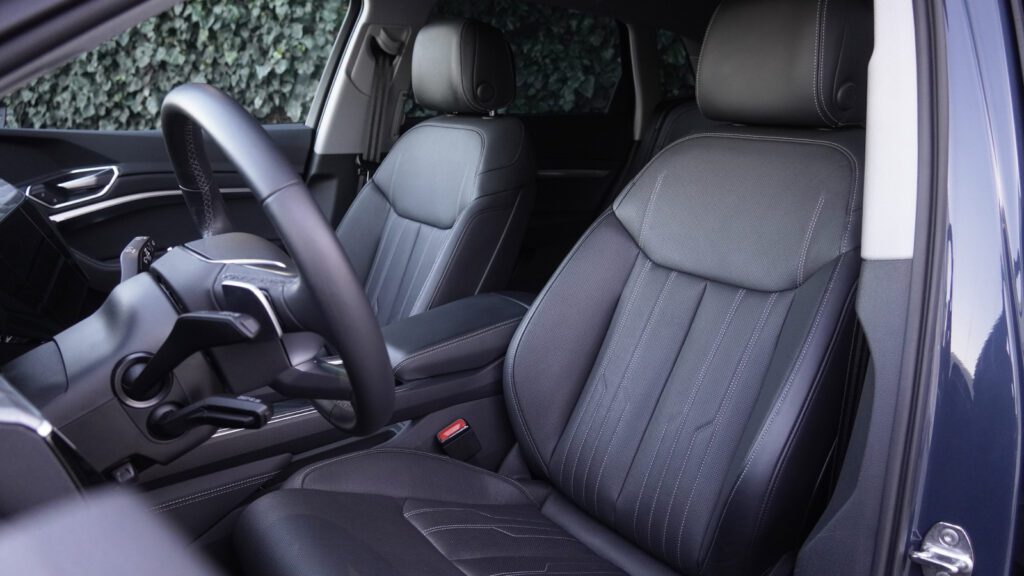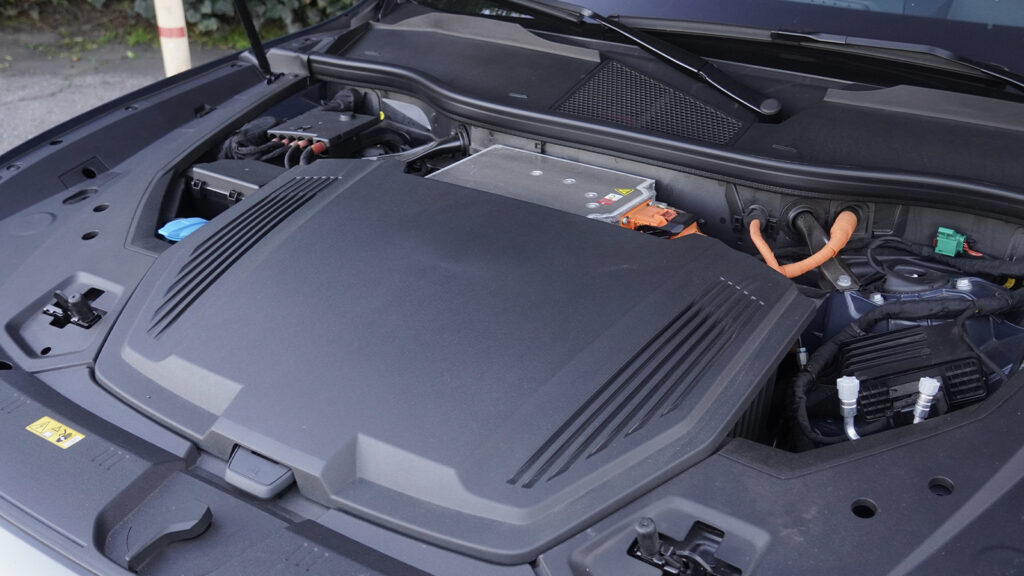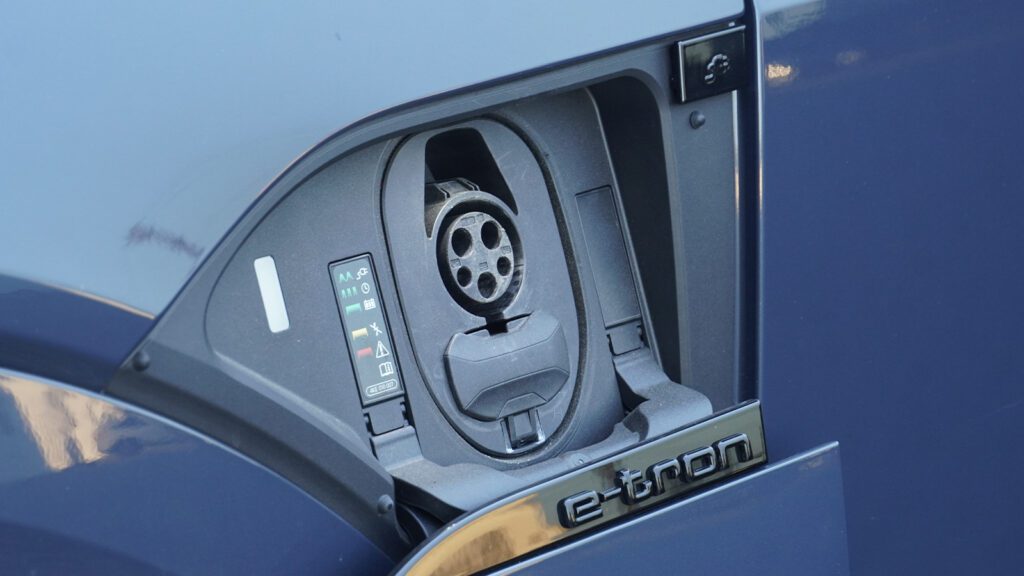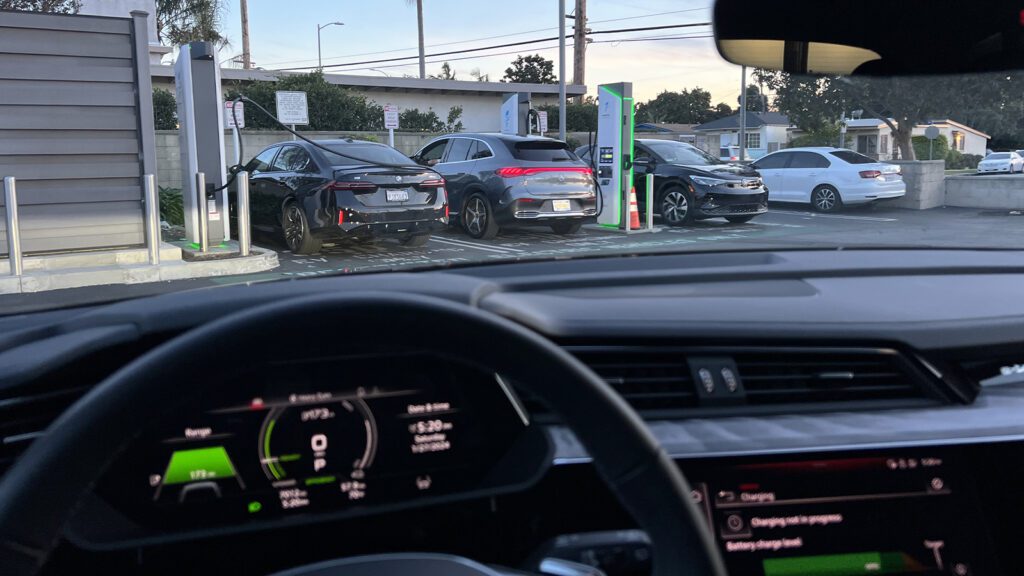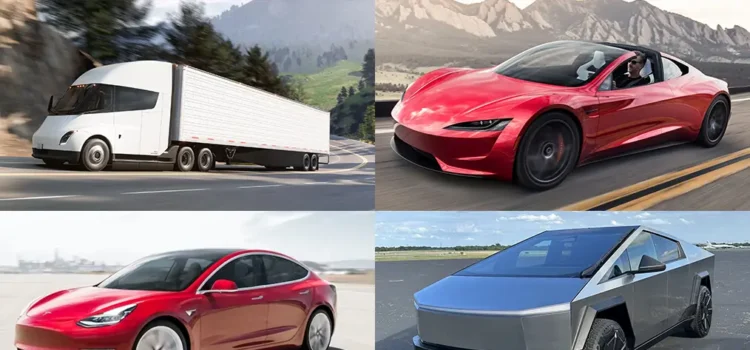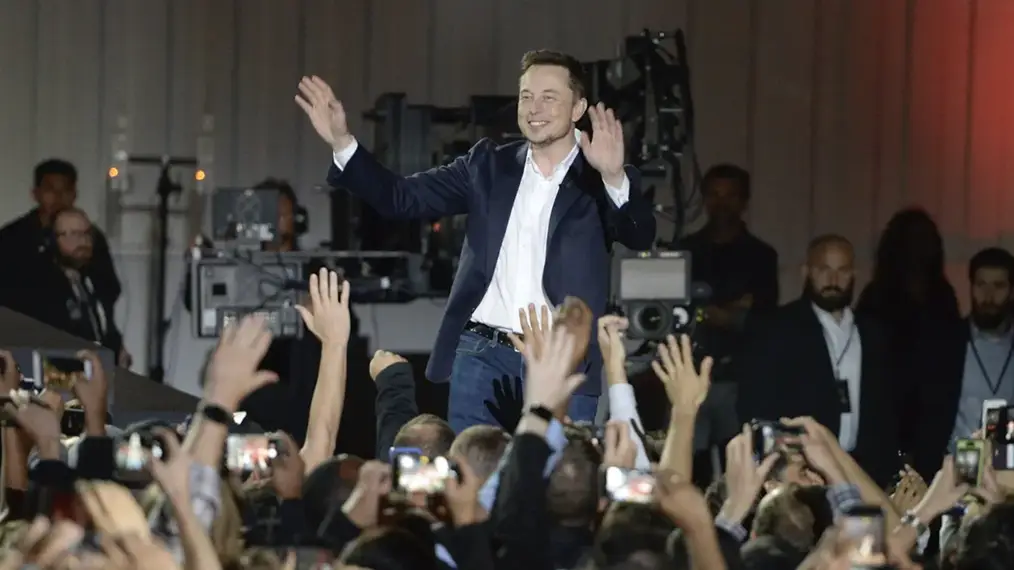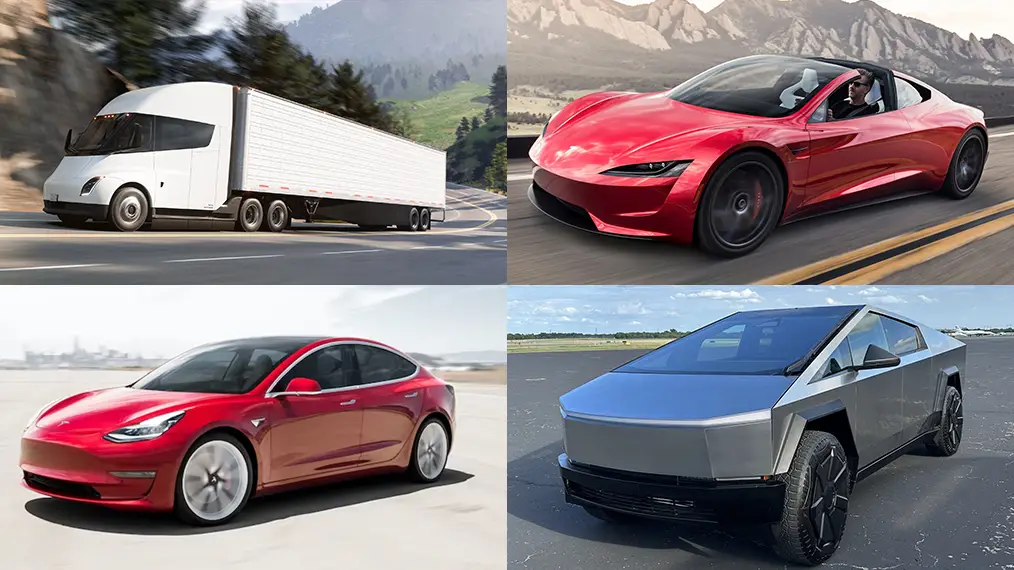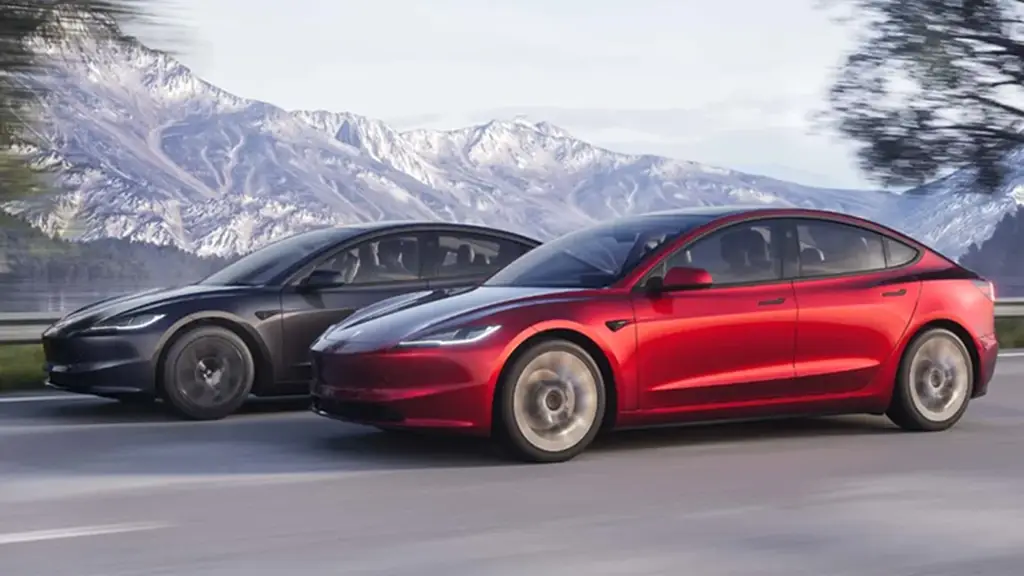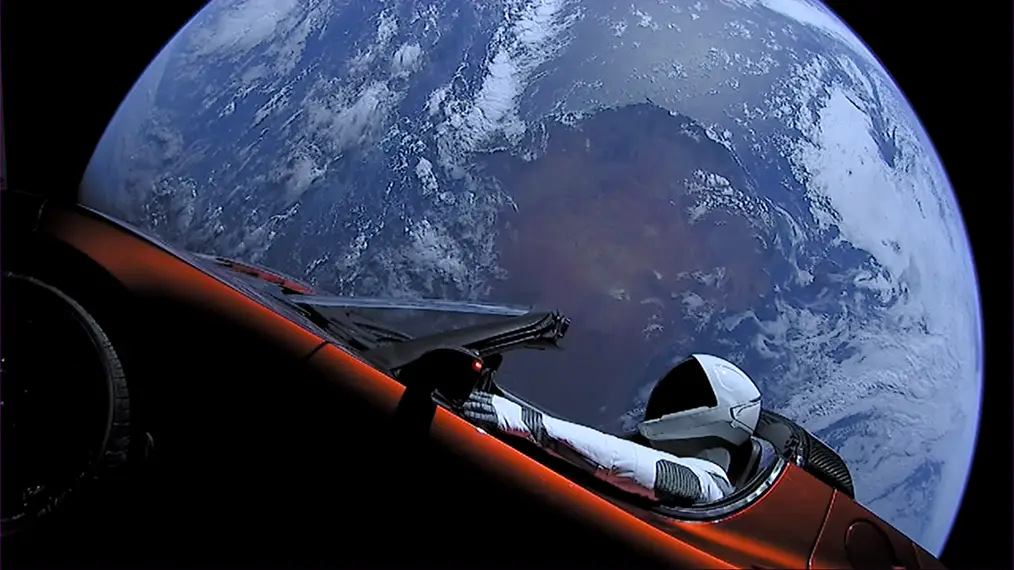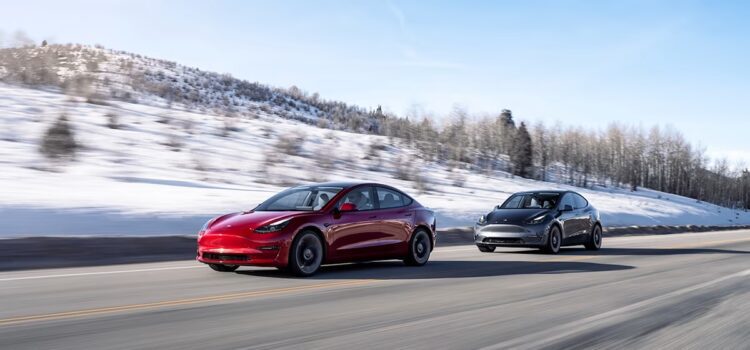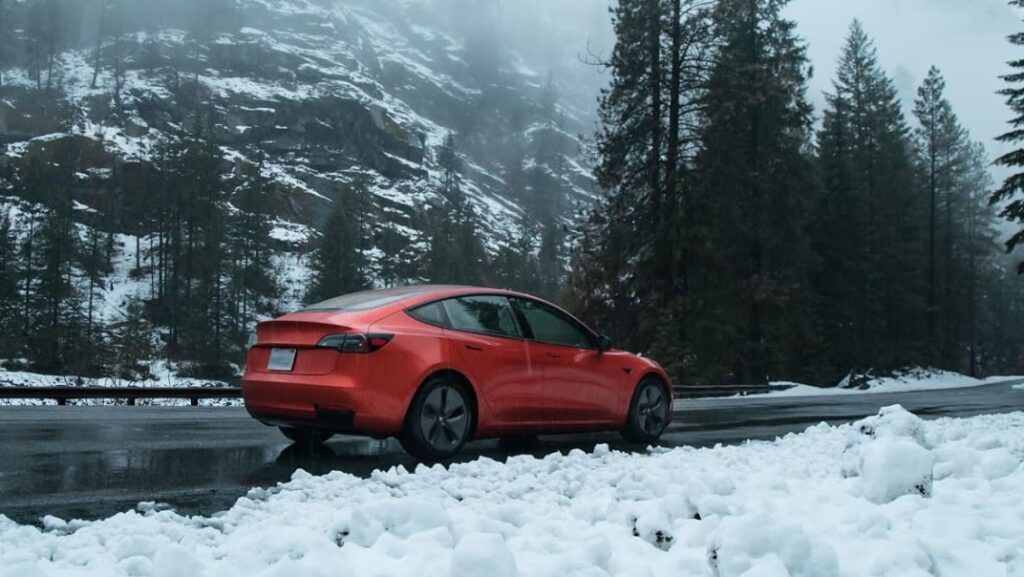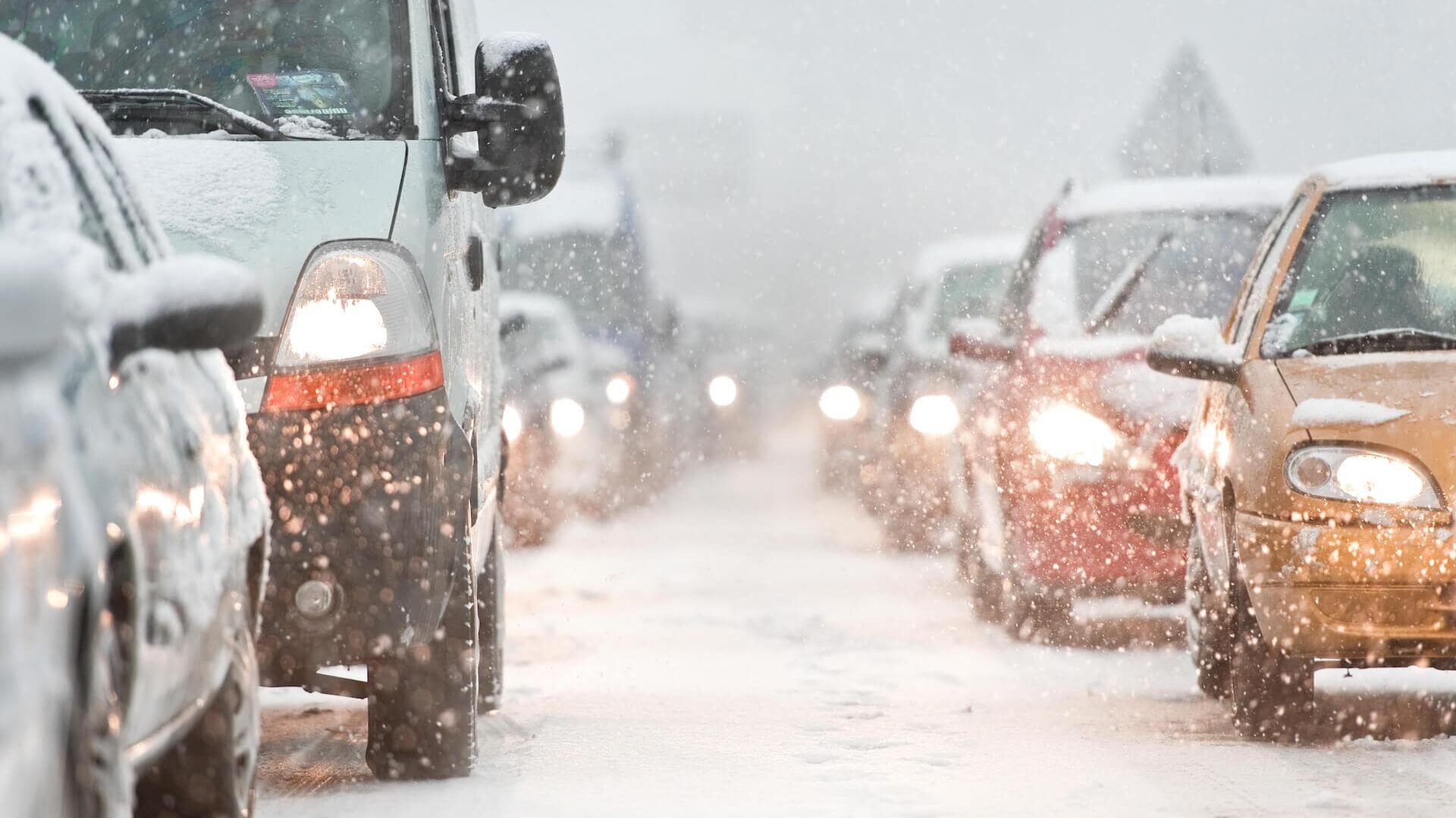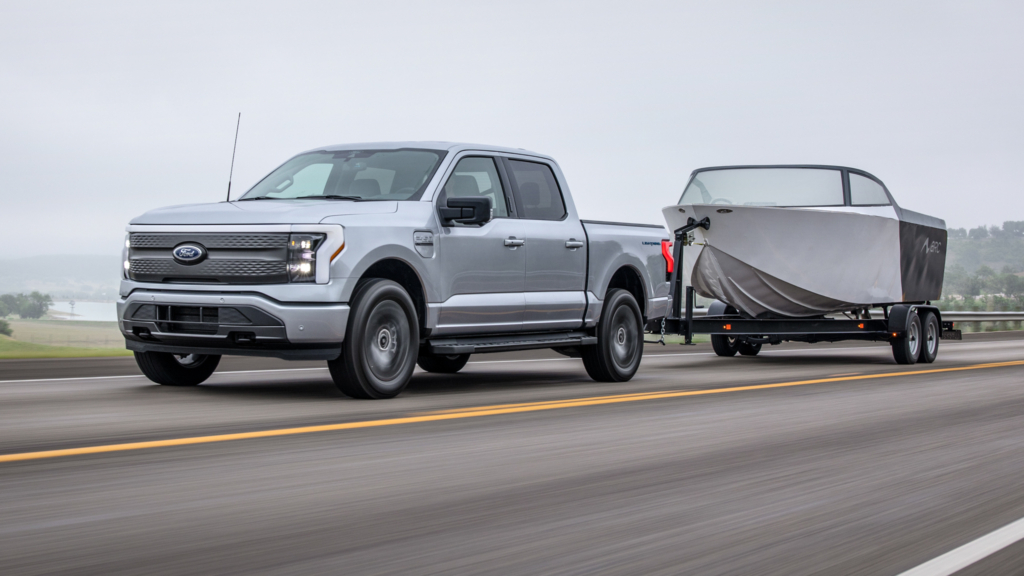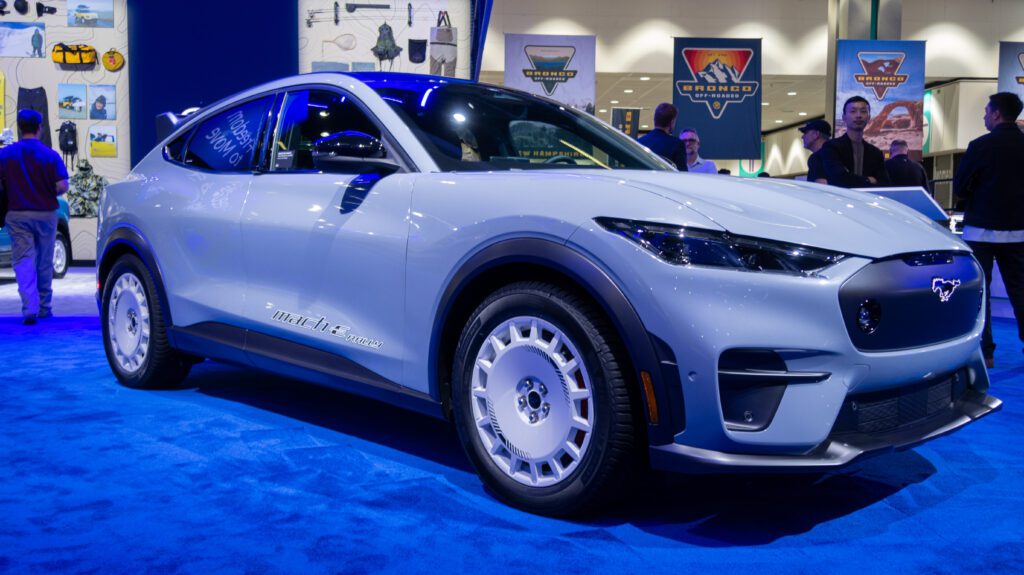Hyundai Ioniq 6 Limited AWD review: A masterful display of honesty and quality on wheels
Welcome to a society where seemingly the only way to encapsulate buyers is through toys, toys, toys! Flash, flash, flash! Gimmicks galore, and give us more! We love it when companies tout an upcoming product so heavily, placing it on a gilded pedestal for prospective buyers and investors to gawk. We also love it when said product becomes the center of ire and controversy in the public eye and when said products tend to fall apart, not do what they’re claimed to do, or backpedal on their original promises. But to cleanse our palettes and present to the world something refreshingly honest, we’ve been gifted the Hyundai Ioniq 6, South Korea’s entry into the affordable-ish electric sports sedan fray.
Skip to section:
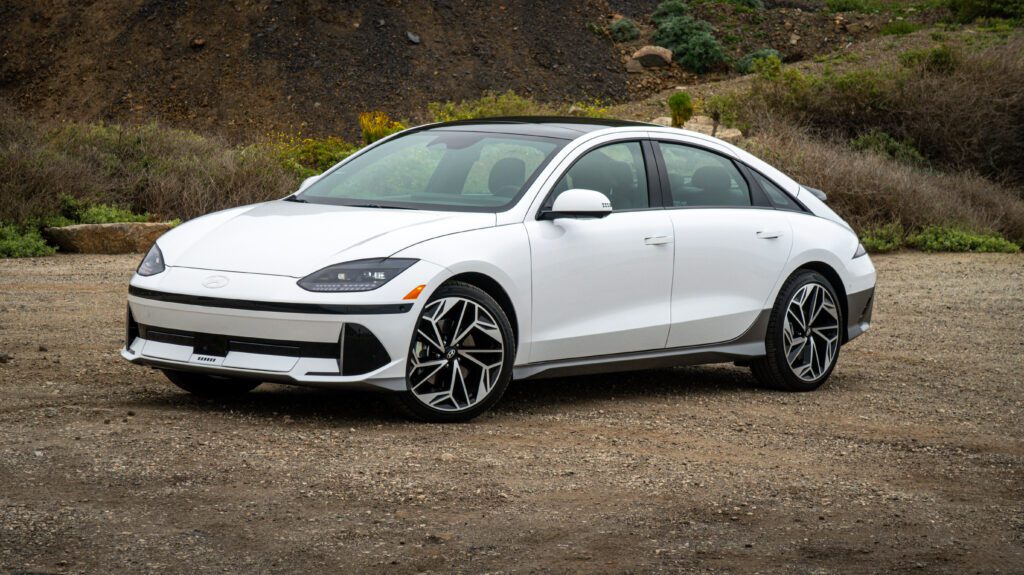
Price and specs
Key notes. The Ioniq 6 has few trims and a handful of powertrain configurations, including a base model with 240 miles of range, all-wheel drive, and rear-drive “Long Range” variants that achieve 316 and 361 miles, respectively, and less-frugal rear-drive models on 20-inch rollers that score 305 miles. This Limited Long Range tester on its 20-inch wheels has the big kid 77.4-kWh battery and dual-motor all-wheel drive, good for 320 horsepower, 446 pound-feet of torque, and 270 miles of range, plus all the goodies that come with being the top-rung Ioniq 6.
| Base price: | $50,150 |
| As-tested price: | $55,480 |
| Motor/battery: | Dual motor + 77.4 kWh lithium-ion battery pack |
| Transmission: | single-speed |
| Drivetrain: | all-wheel drive |
| Power: | 320 horsepower |
| Torque: | 446 pound-feet |
| Weight: | 4,578 pounds |
| 0-60 mph: | 4.4 seconds |
| ¼-mile: | 13.2 seconds @ 103 mph |
| Top speed: | 124 mph |
| MPGe: | 111 city, 94 highway, 103 combined |
| Range: | 270 miles |
Ioniq 6 exterior design
The Ioniq 6 is unique, sleek, and sporty from some angles. It’s also weird, bulbous, and fugly from other angles. It’s tough to decipher what exactly Hyundai was going for, but I’ll give them props for delivering us a unique shape from the brick Polestar 2 and bubbly Tesla Model 3, and neither of them is that much of a looker anyway.
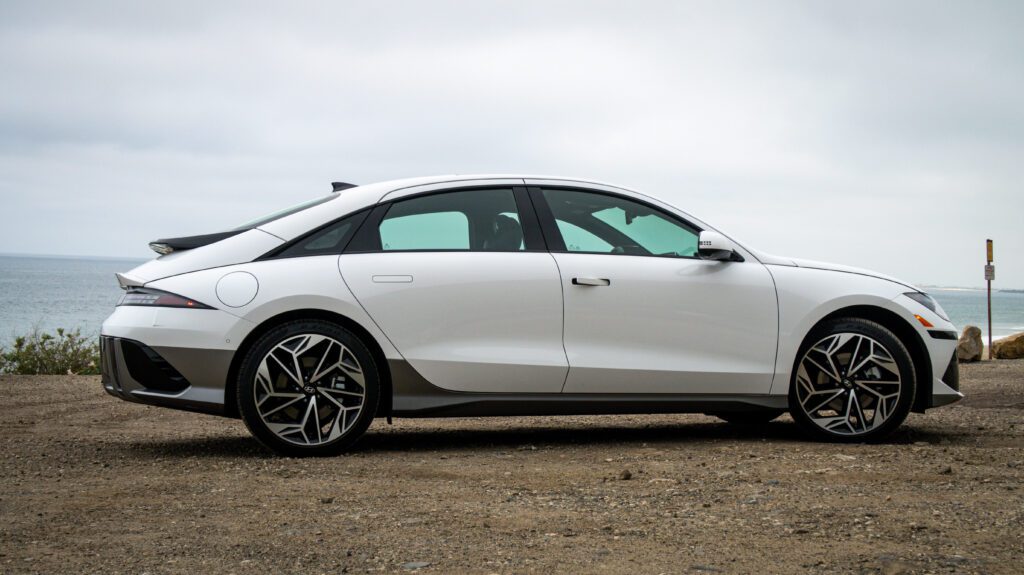

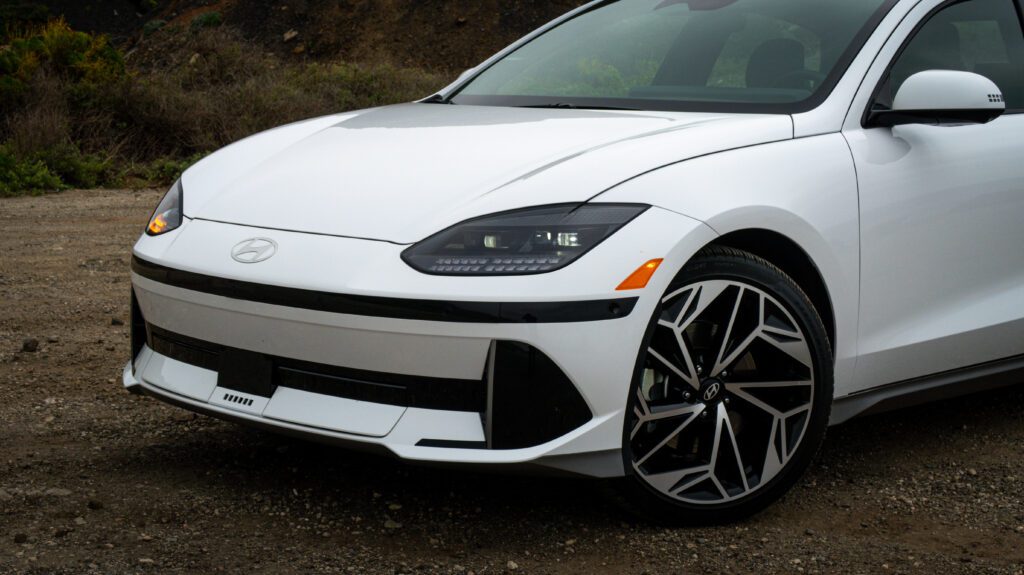
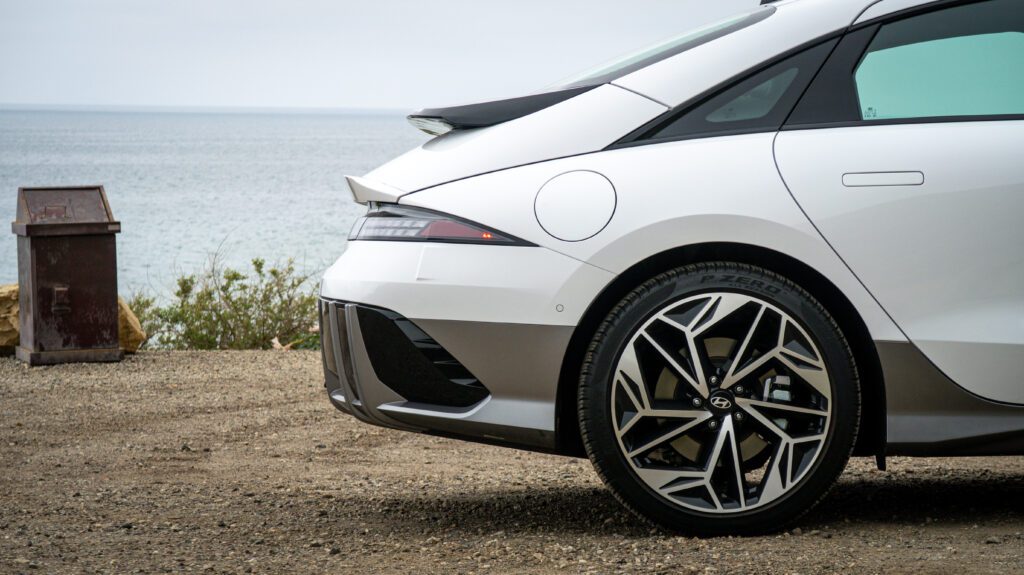
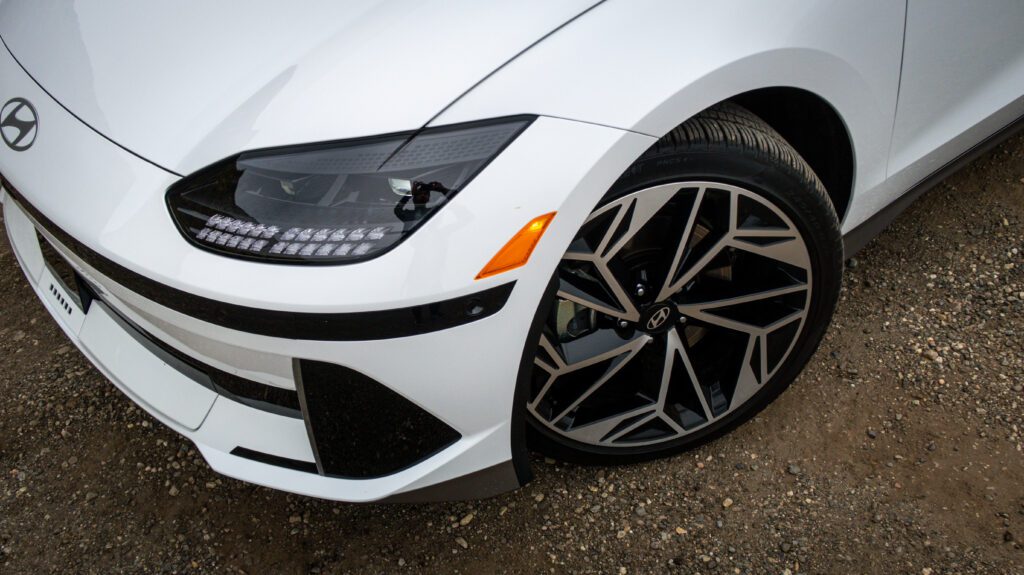
The side profile screams Mercedes CLA and CLS, which is likely a call to Hyundai’s European influence and their bid to out-German the Germans. The mid-level tailgate spoiler and rear lip spoiler give mild WRC vibes, like a Ford Sierra Cosworth or Escort Cosworth. Hell, add a support beam connecting the two and lift it on Fifteen52 wheels, and you have a Gen Z rally car.
In typical Ioniq fashion, squares and cubes define the little details of the Ioniq 6, and they can be found everywhere. And I mean everywhere. Check the seats, steering wheel, rearview camera, trunk release, exterior lighting, etc. It’s a CLA that’s been in Tron and back and has the pixels to prove it.




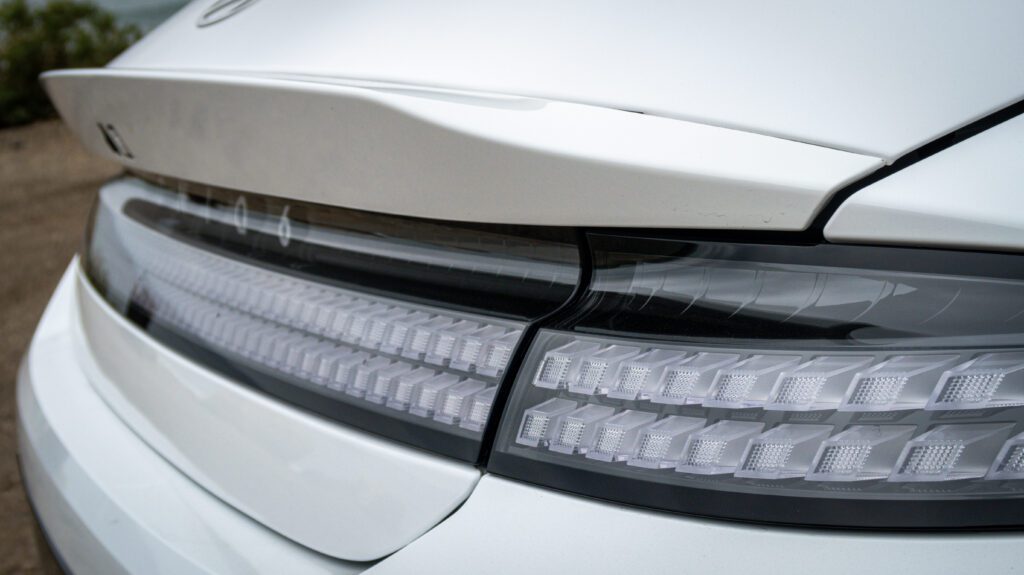
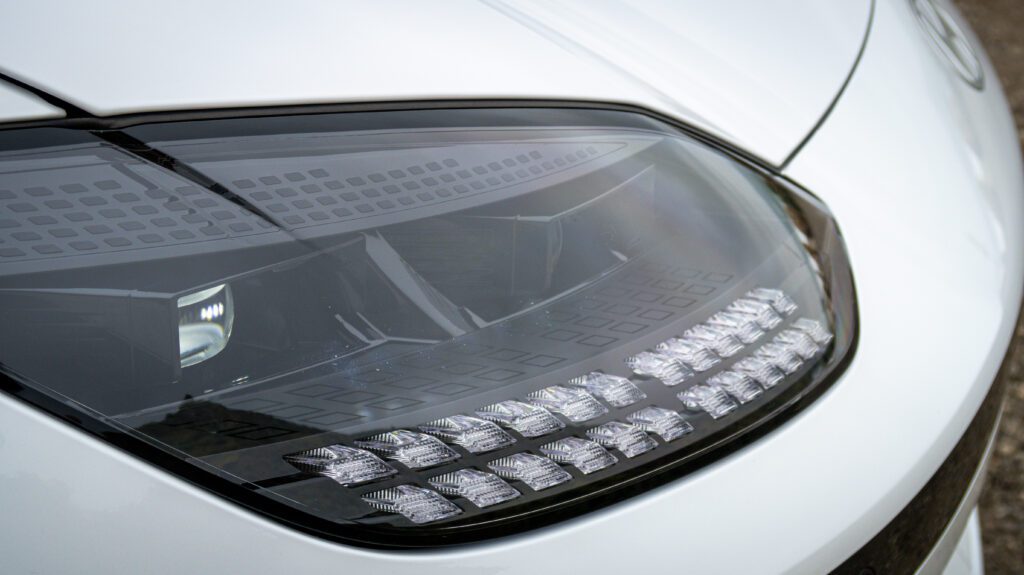
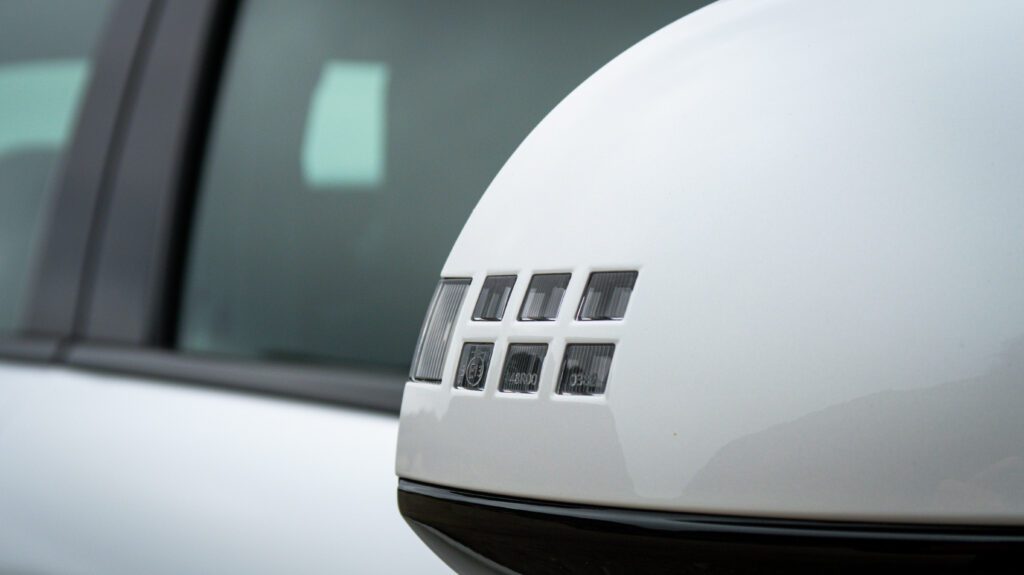
| What’s hot? | – Strong, sports car-like acceleration – Well-tuned, easy to modulate brake and throttle pedals – Far more premium driving experience than some key rivals – Buttery smooth action of the many driver assists – Abundant rear seat legroom – Ergonomic interior with brainless controls |
Ioniq 6 pricing breakdown
Hyundai makes speccing an Ioniq 6 really easy. Ready? Choose from the SE Standard Range, SE, SEL, and Limited trims. The latter three, with the bigger Long Range battery and more powerful motor, can be optioned with a rear-drive single motor or with dual-motor all-wheel drive. There are not really any major option packages on any trim aside from wheel locks, floor mats, road safety kits, etc.
A 2024 Ioniq 6 Limited starts at $50,150 and includes much of the same equipment as the lesser trims, from the digital displays to the safety aids and the 20-inch wheels. That fancy-schmancy Limited moniker does earn it a large power sunroof, power-folding side mirrors, a 12-volt outlet in the rear seats, and adjustable powertrain sounds for overgrown children who like it when their EVs make Star Wars speeder noises.
It’s me. I’m Overgrown Children.
Dual-motor all-wheel drive adds $3,500 to the price tag, while my tester’s pearly Serenity White paint tacks on another $470. Factor in carpeted floor mats for $210 and a $1,150 destination charge, and my tester rang the bell at $55,480, up there with the refreshed Polestar 2 and Tesla Model 3.
Ioniq 6 interior and tech
The digital gauge cluster and 12.3-inch infotainment screen are perfectly legible and have an adjustable blue light filter for nighttime driving. Bitching. Adaptive cruise with lane centering is standard. Yes, please. There are 360-degree parking cams that seem silly in operation but turn out to be real life savers when you realize you can angle them to peek just ahead of blind corners. Smart, indeed. There are not one, not two, but three methods of blind spot warning: A light in your mirrors, a visual indicator in one of the gauge cluster screens, and blind spot cameras on either side. Oh, yes! Uncrashable? No. But the Ioniq 6 will make you really hard to defend if you do crash one.
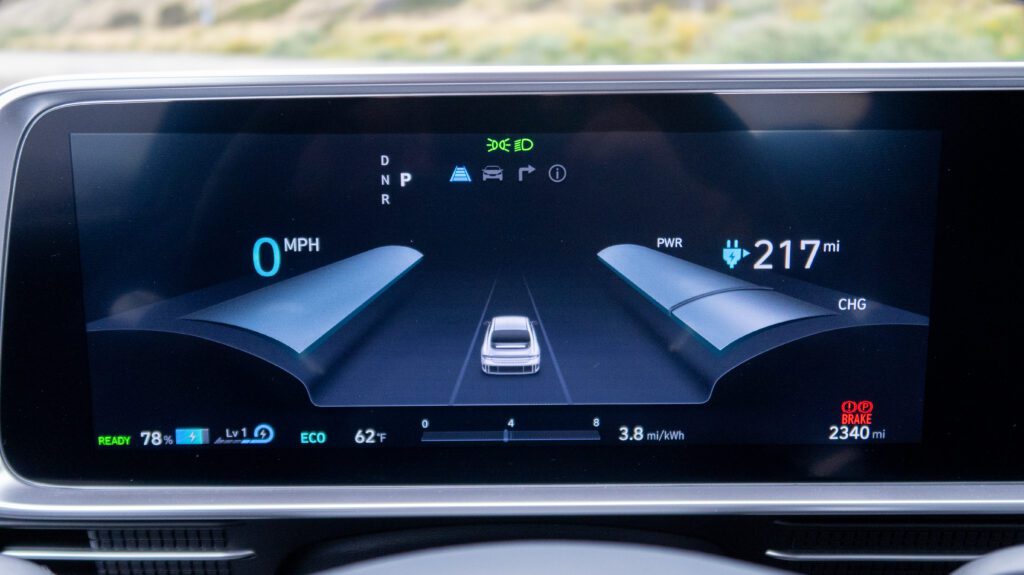
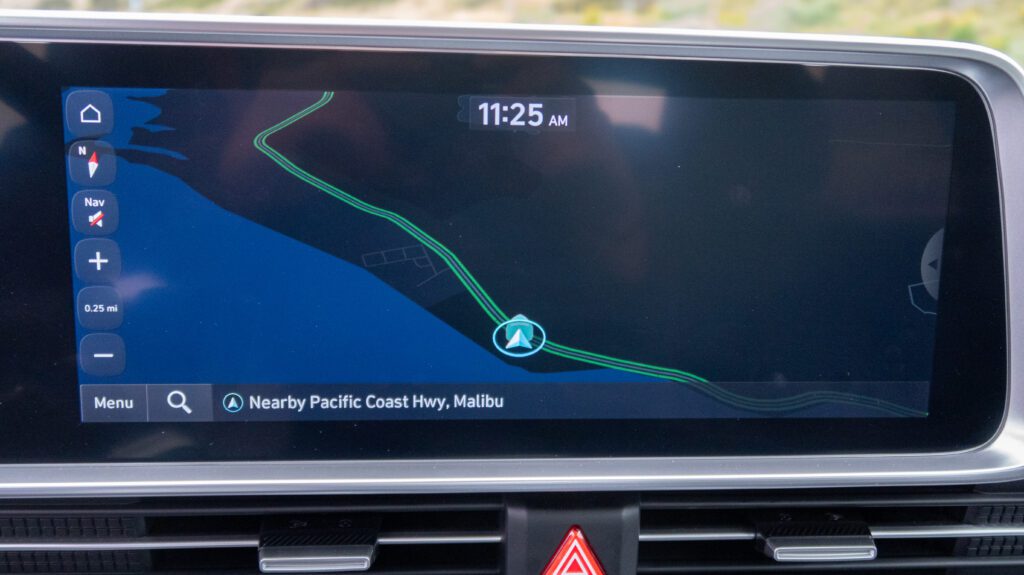
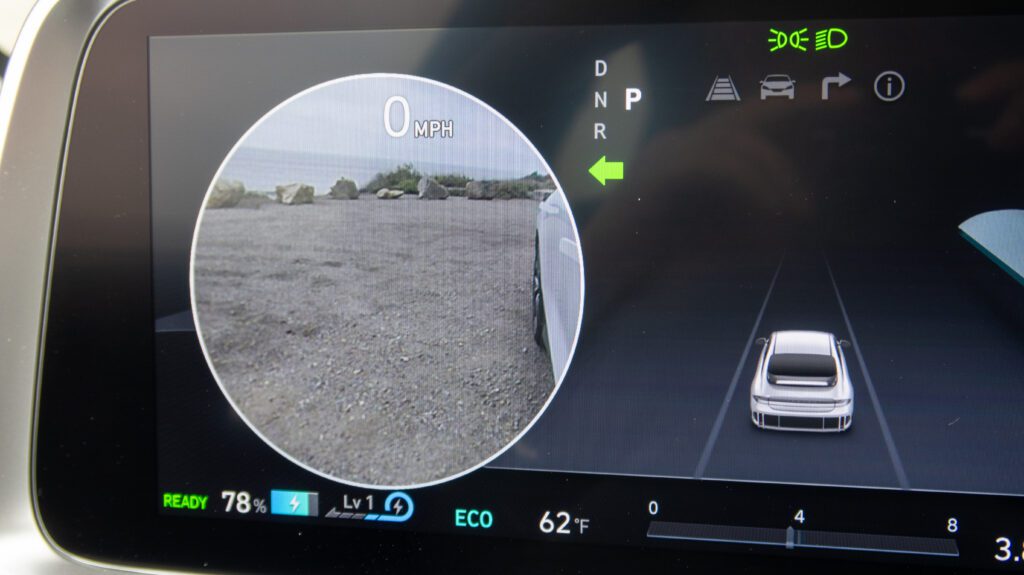


Built-in navigation with destination searching and EV charger locating is included. Hallelujah! But should you prefer to bring your own navigation from home, wired CarPlay is standard, and you can sit your phone nicely on the charging pad just beneath the dash controls, which feature a mix of haptic touch and hard buttons and knobs.
If you really want to get silly, the higher-trim Ioniqs come standard with a nearly infinitely adjustable ambient lighting setup and adjustable EV powertrain sounds, which can scale from “Off” to “Annoyingly Loud.” It’s a goofy and playful feature that emits fun sounds, like a sci-fi speeder or spaceship. It can just be set to irritating volumes, is all.
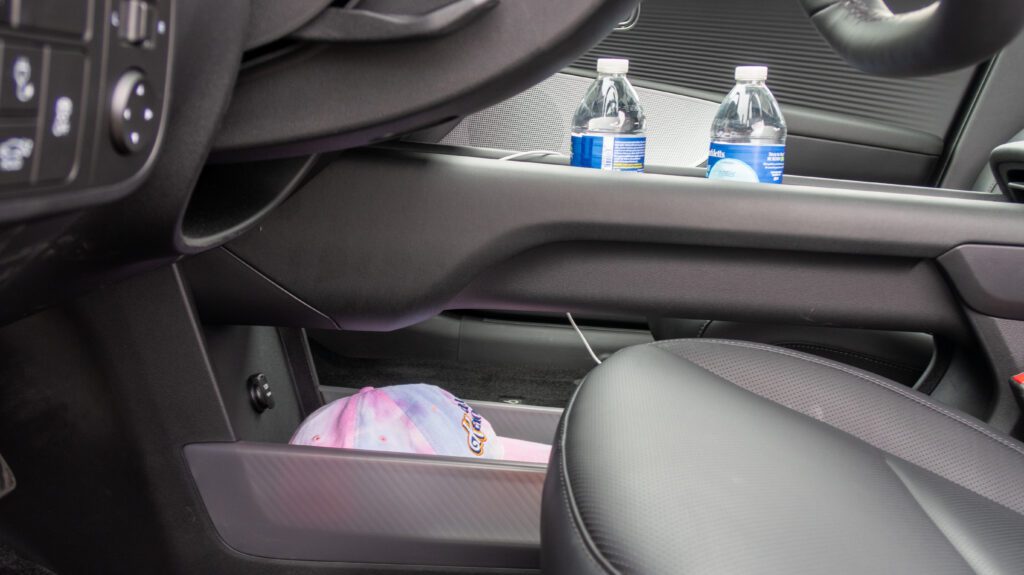
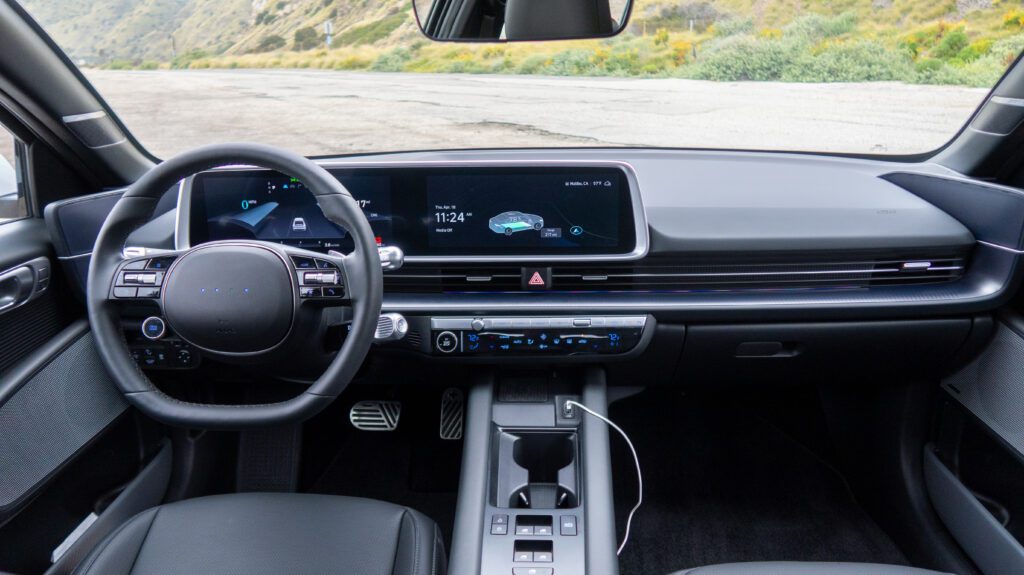


A brainless EV to commute in
Comfort done Korea’s way
I’ve only driven a Polestar 2 around a parking lot during the LA Auto Show, and I’ve only driven older, pre-facelift iterations of the Model 3, so I’ll hold back driving comparisons until I can get proper seat time in newer versions of both. But I can say this Ioniq 6 deserves a place among them, if not above them.
The cabin is wonderfully airy, and the contrasting accents and ambient lighting do a great job of breaking up the sea of black “bio-based” leatherette enough to ward off the feeling of bleakness German interiors are infamous for. The power sunroof amplifies the airiness, and the seats are perfect when running down every last mile of its 270-mile EPA range, although the roofline raises concerns in the rear seat for anyone over six feet. At least the legroom and trunk space are quite generous.
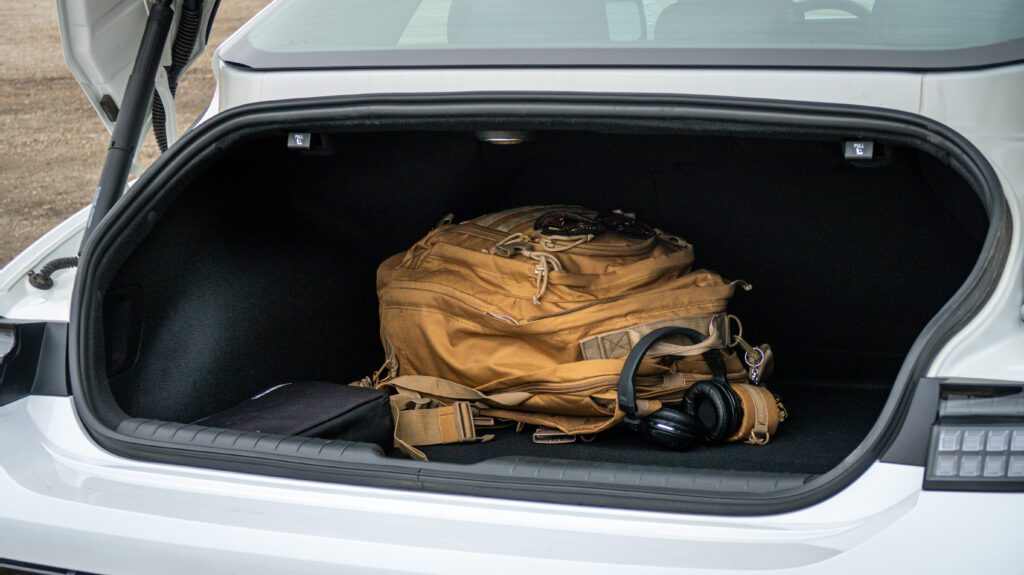
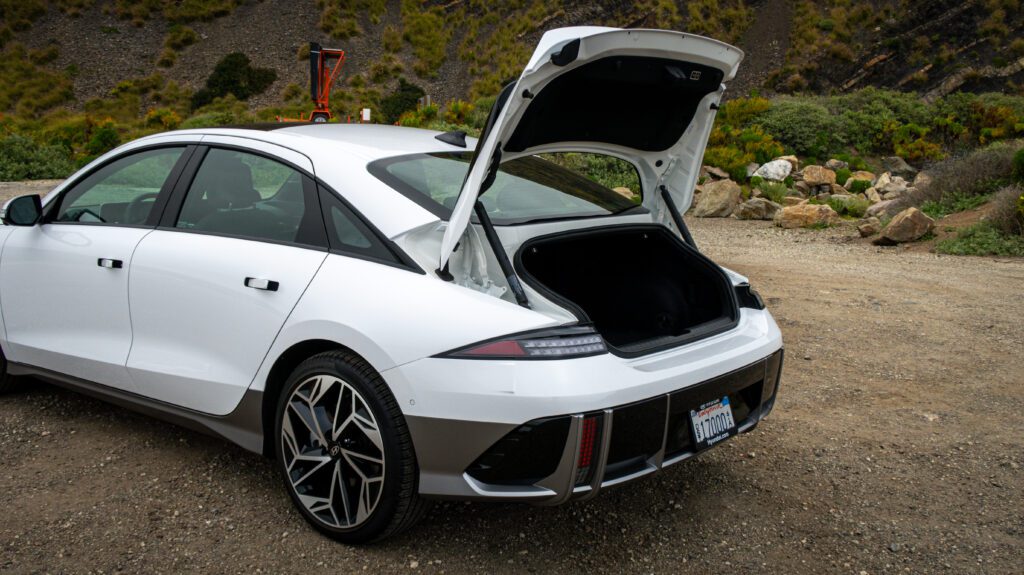
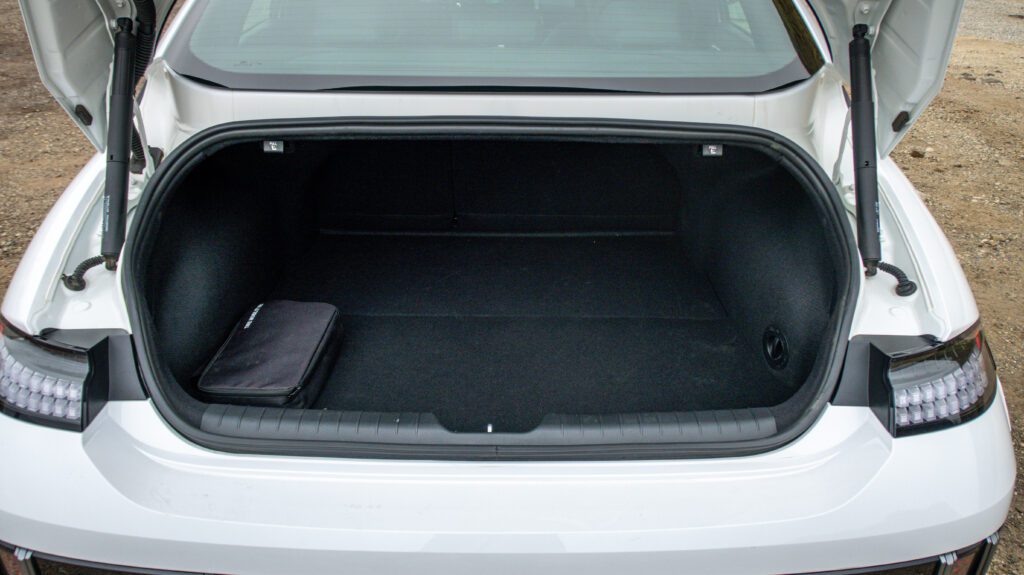

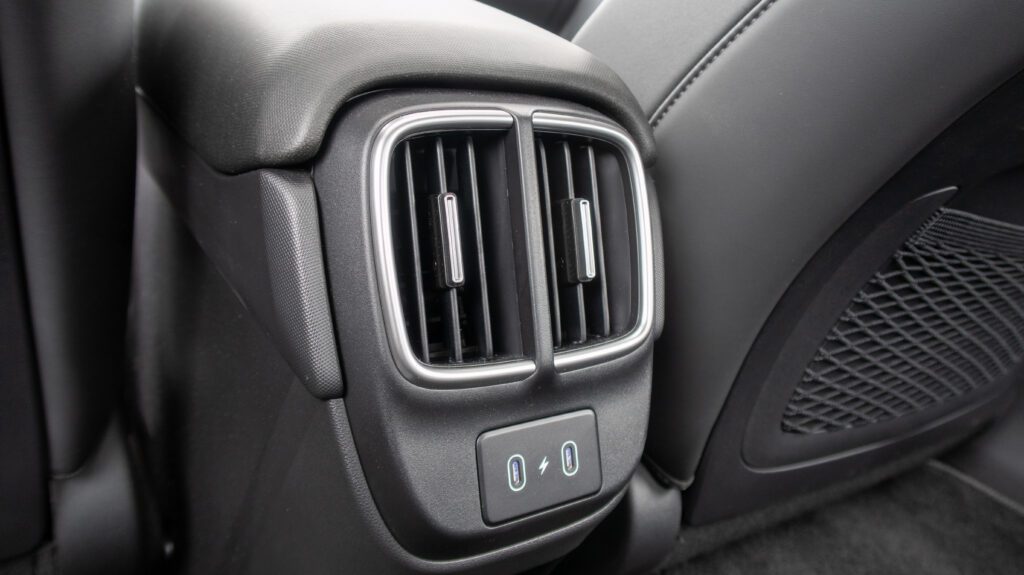
While initially drawing skepticism, the haptic touch climate controls work flawlessly, and every icon falls right into hand. The hard buttons for media controls are handy in a pinch, and Bluetooth and CarPlay are near-instantaneous to connect. Why no wireless CarPlay? Beats me. That’d be a knock against it in the eyes of younger buyers who love wireless everything nowadays, but at least what you’re given works exceptionally. Just give us a real frunk next time.
Perhaps the only real strike against the Ioniq 6 inside is the abundance of hard plastics reminding you of this car’s $37,500 base car roots and that Hyundai badge on its nose. But I can take the plastics knowing it’s screwed together far tighter than any Tesla I’ve ridden or driven in recent memory, completely devoid of squeaks or rattles, even over broken pavement and deep potholes.
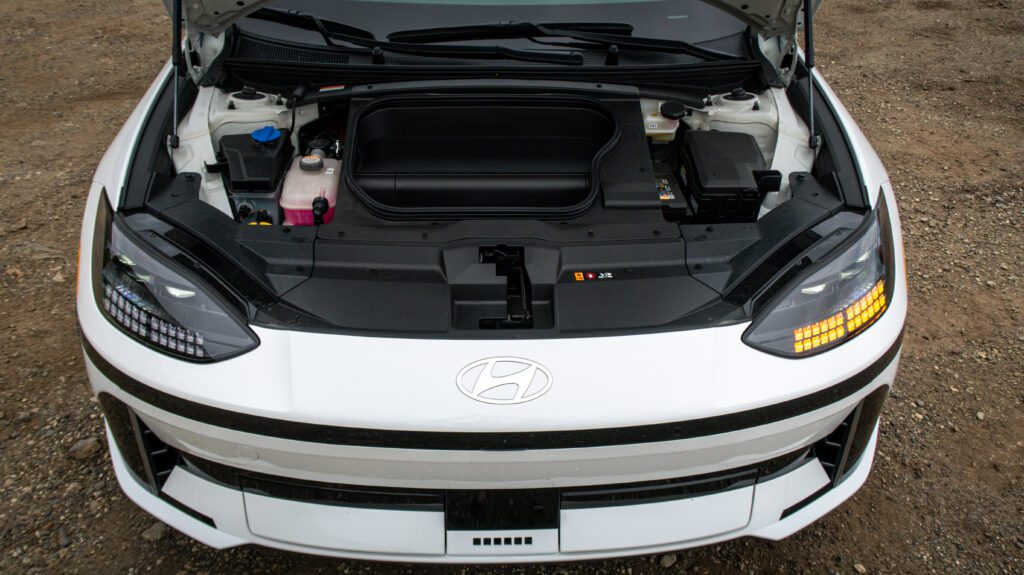
A driving experience worthy of luxury car branding
Around town, the Ioniq 6 feels authentic to itself rather than trying to be more of an appliance than it already is. It’s just a car, and it’s just a nice, well-insulated, compliant one with a little bit of spunk and classiness. The aforementioned driving aids work smoothly with inoffensive beeps and gentle operation of the adaptive cruise and lane-centering systems. There are four levels of brake regen, adjusted via repurposed paddle shifters, which change the in-town flavor of the Ioniq to whatever you’re craving, from full-regen with one-pedal driving to nearly off with normal car coasting.
Although this is the insultingly named “Long Range” Limited with a 270-mile rating, the second lowest in the lineup, my mixed driving returned a frugal 3.8 miles per kilowatt-hour. Times that by the 74 usable kilowatt-hours in the 77.4-kWh battery, and that’s a mixed driving range of 281 miles. Still not stellar, but better.
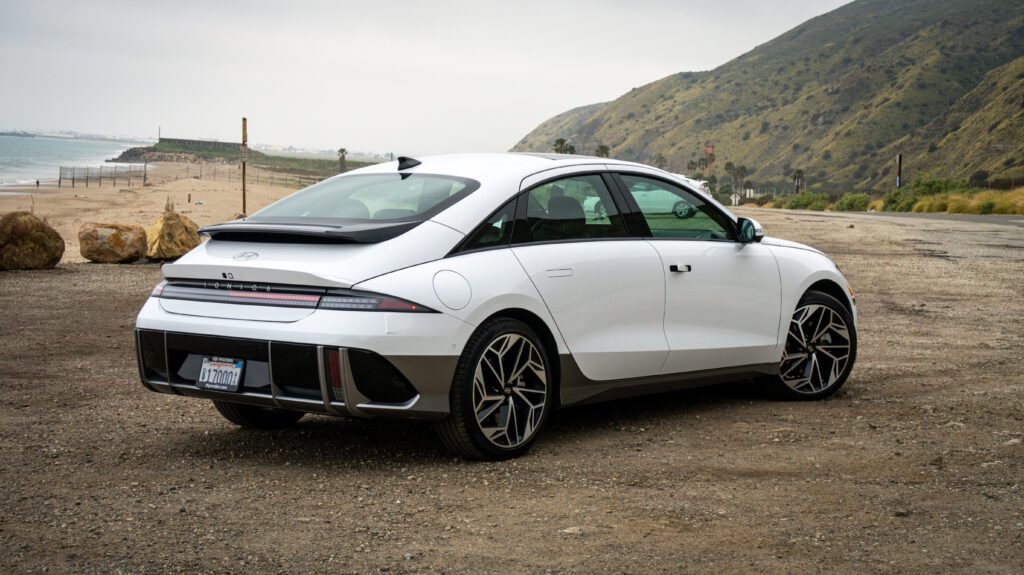
The steering is sharp enough to make parking lots a cinch, further aided by the cameras, sensors, and short bumper overhangs. Again, shame on you if you so much as ding this thing. And while the ride is mostly comfortable, you can’t help but feel it’d ride leagues better with the lower trims’ smaller wheels and fatter tires, but such is the trend of “RIMS real big.” Still, the occasional firm impacts can’t shatter how well-engineered this car feels and how endearing it is. One can only imagine what it’d be like if it wore the Genesis badge.
Now, did I say spunk earlier?
The pleasantly sporty sports sedan
Ah, yes. How can I forget? The dual-motor EV with the sizable battery and oodles of torque just so happens to be capable of snapping your head back into the headrest like it’s attempting a G-force-actuated chiropractic service. The Ioniq 6 Limited AWD is no Ioniq 5 N or Model 3 Performance, and we’re yet to see if an N version will come to fruition. But 320 horsepower and 446 pound-feet from its dual motors and 77.4 kWh battery are plenty. That 270-mile range might not attract many buyers when Tesla exists, but it can surely make every mile a blast for those hopping out of their Elantra leases into one of these.
The comfortable suspension squats and exaggerates the feeling of acceleration, making the Ioniq 6 feel quicker than its reported 4.4-second 0-to-60-mph run, but it doesn’t flop on a twisting road or tight freeway on-ramp. The sharp steering, while devoid of feel, as is typical in this class, is well-weighted and less video-gamey than I remember in pre-facelift Model 3s and feels about on par with the Polestar 2. The firm, easy-to-modulate brakes can be adjusted in feel in the drive modes and in a Custom Mode individual setting. I felt little difference in either available mode, but either brake feel mode felt easy to get to grips with.
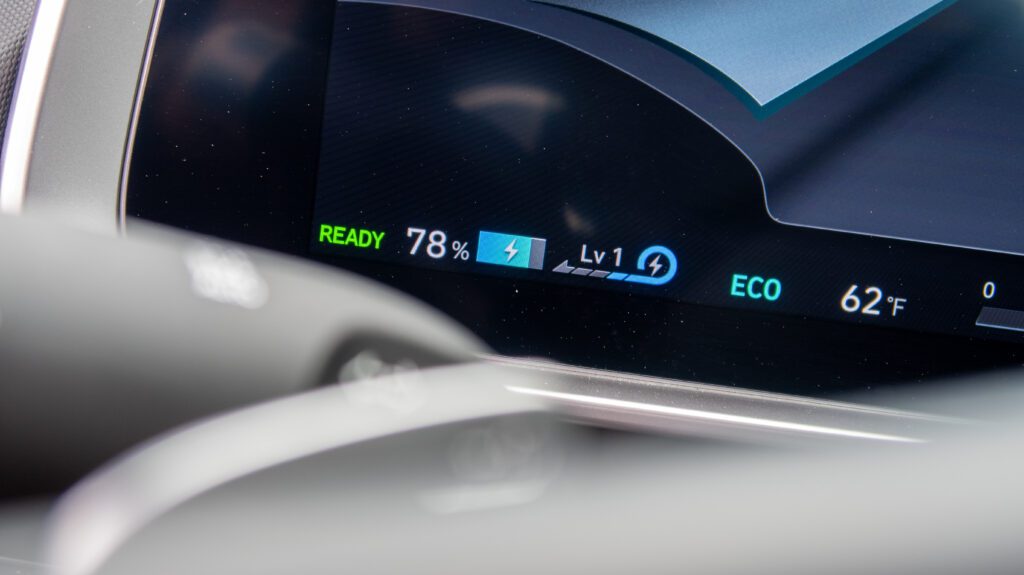

Just like how it’s easy for the Pirelli PZero all-seasons to get to grips with, well, the road and getting this roughly 4,600-pound brute to stick to the tarmac. I’d prefer a more eco-minded tire over what I’d call overkill, as I’m sure most normal buyers would, but this is dandy. The Pirellis, low center of gravity, clever suspension tuning, and 50/50 weight distribution result in an enjoyable driving experience, even when well out of the environment most Ioniq 6s will call home.
Want some extra spice with that spunk? Turn on the powertrain noises, and let them ramp up through the nonexistent rev band as they activate a Star Wars hyperdrive-like sound once you get up there in speed. For an added challenge, try braking using only the regen paddle shifters. Let the brain rot take hold, and you might actually think you’re engine braking. Man, the Koreans sure do know how to have fun with even their more sedate and mature cars.
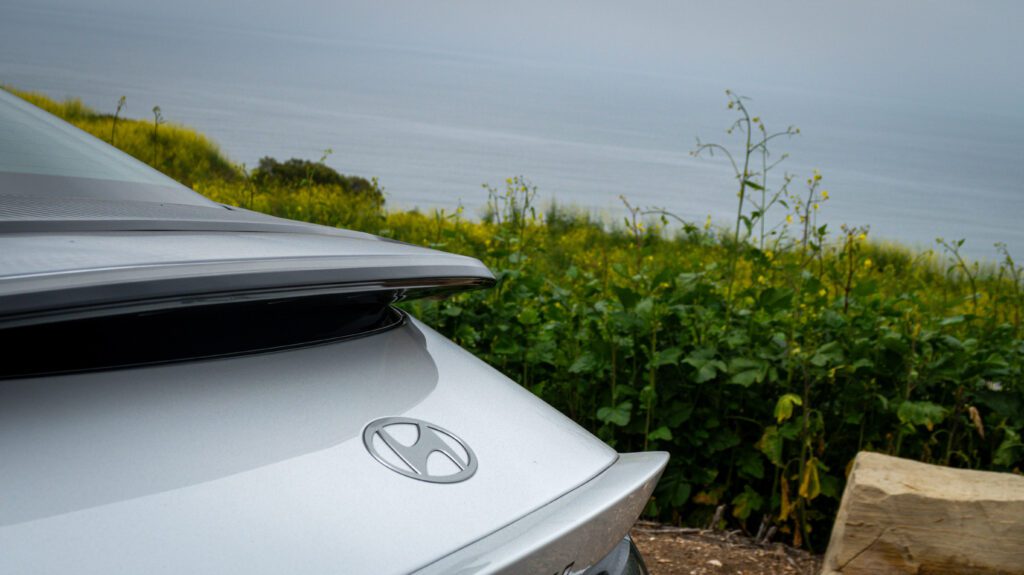
| What’s not? | – Polarizing styling – Fastback roofline may impede rear-seat headroom for taller occupants – Range is only okay in Limited AWD guise – Plasticky interior – Ride quality would be better with smaller wheels – Laughable “frunk” |
A masterful display of quality at an agreeable price
The Ioniq 6 exudes confidence without being egregious. Yes, there’s a sea of plastics, but they’re tightly bound and styled in an efficient yet attractive manner that appeals to both the tech-savvy and the traditionalists. It’s comfortable and can be more so if you step down in trim and wheel diameter. Its range isn’t anything to write home about, but it’s plenty for most metropolises and, as I’ve proven, has the potential to yield more than its EPA rating. The Ioniq 6 is surefooted and surprisingly fun when flogged just a wee bit, and everything blends together in a well-executed and cohesive manner that’s becoming less common in cars nowadays.
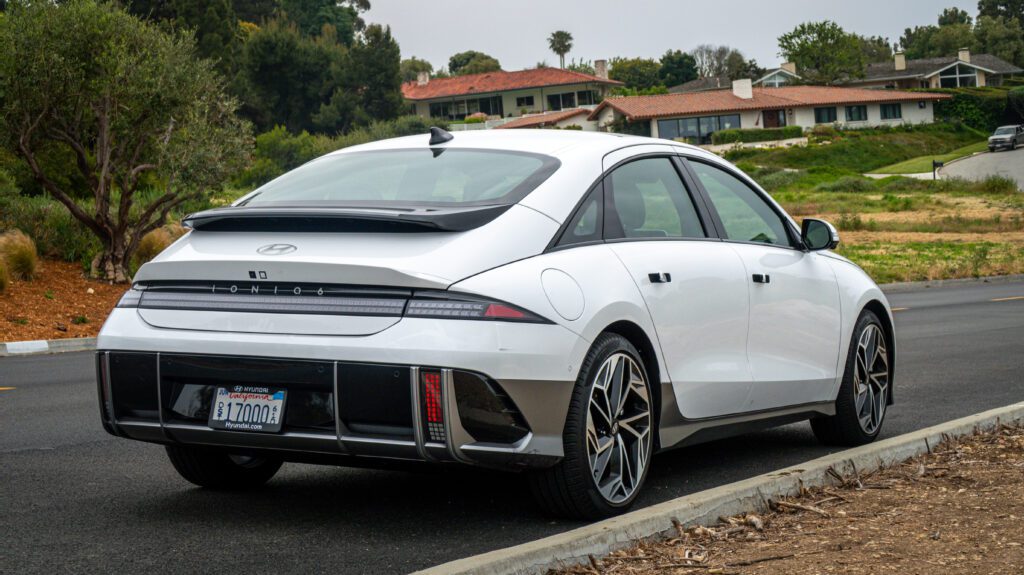
The Ioniq 6 isn’t necessarily the definitive commuter car for me, but I can easily see it being the definitive commuter car for many. Rarely do I see present-day cars this likable right off the bat without pulling any sort of rabbit out of its hat to draw our attention away from any glaring deal-breakers. The Ioniq 6 doesn’t have to because it has no deal-breakers, except maybe having to rely on stupid Electrify America until Hyundai follows in Volkswagen’s steps and the revised Model 3 promising improved quality and performance at competitive pricing that’s tough to ignore.
However, in a refreshing turn of events, here’s an EV that’s not jingling keys for investors and hype beasts. Instead, here’s an EV that’s just an excellent car by an excellent company that’s still going through the glow-up of the century.
